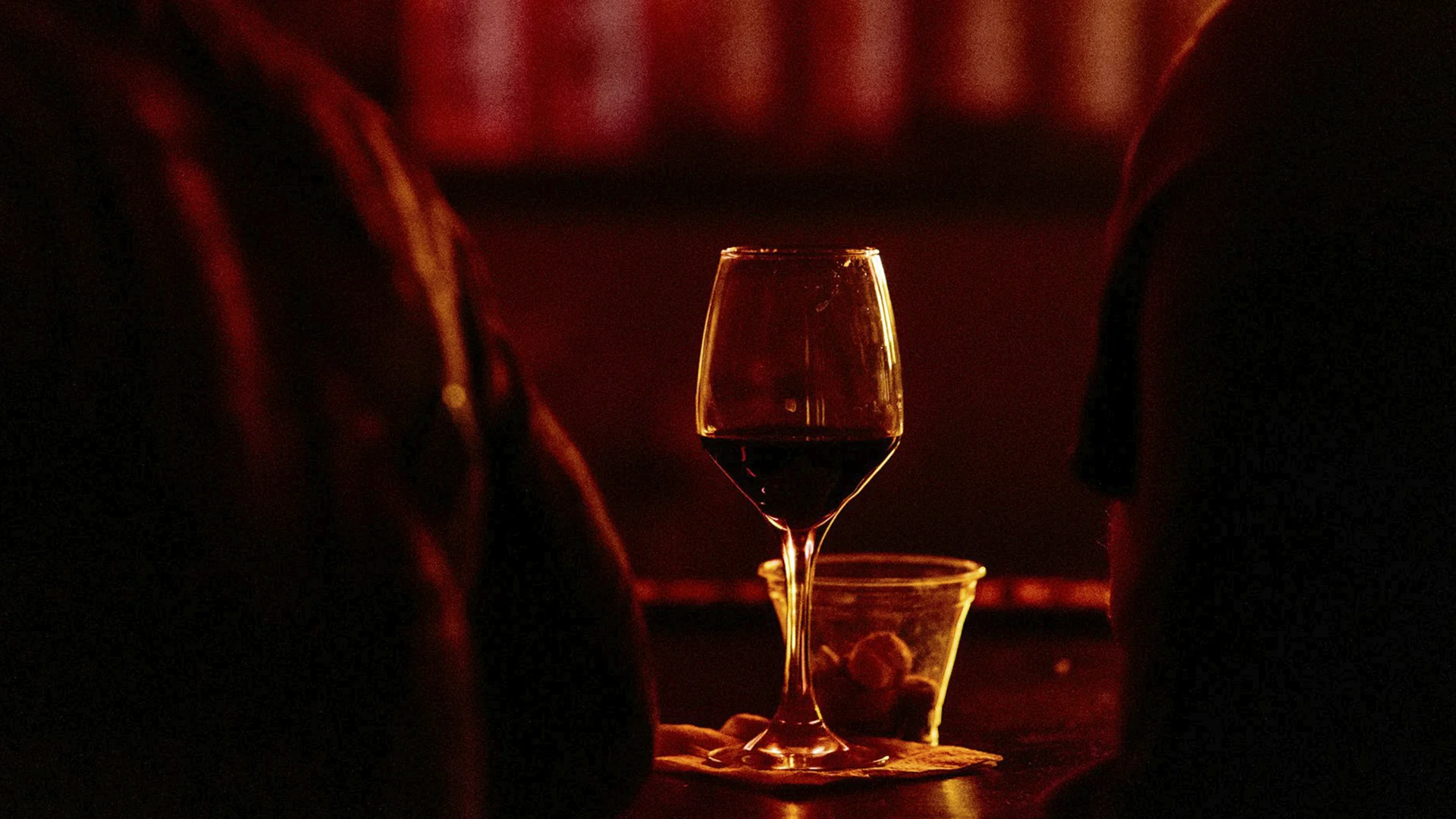
Chianti isn’t just a wine. It’s a symbol of Tuscany’s rich heritage, evolving style, and timeless charm.
In this guide, we explore everything you need to know about Chianti, including its history, winemaking methods, regional nuances, tasting profile, ideal food pairings, serving suggestions, and how to select the best bottle. We also compare it with Brunello di Montalcino, dive into Chianti’s growing commitment to sustainability, and celebrate why this iconic red continues to captivate wine lovers around the world.
Chianti is a celebrated Italian red wine from central Tuscany’s Chianti region, made primarily from the Sangiovese grape, cultivated here since Etruscan times.
More than just a wine, Chianti embodies Tuscan culture and tradition. Recognized under Italy’s Denominazione di Origine Controllata e Garantita (DOCG) system, Chianti Classico wines showcase both heritage and modern winemaking excellence. The "Chianti blend" typically centers on Sangiovese, known for its bright acidity and firm tannins, which define the region’s signature style.
Chianti isn’t a grape variety but a wine classification tied to the Chianti region, nestled between Florence and Siena. The Chianti Classico subregion forms the historic heart of this appellation, surrounded by eight subzones, including Rufina and Colli Senesi, each adding a unique character. While the iconic straw-wrapped fiasco bottle once symbolized Chianti, today’s wines offer elegance, structure, and the potential for aging.
Wines from the Chianti Classico area bear the black rooster (Gallo Nero) emblem—a mark of quality and membership in the Consorzio Vino Chianti Classico, which upholds strict blending and aging standards. The broader Chianti DOCG region spans approximately 15,500 hectares, reflecting a vast diversity of winemaking styles.
Whether an accessible Chianti from the wider region or a prestigious Gran Selezione from Classico, Chianti’s rich tapestry of styles ensures a wine for every palate. So, the next time you see only Chianti on the label, look a little closer—because inside that bottle lies a story shaped by geography, tradition, and centuries of Tuscan winemaking.
The story of Chianti wine dates back centuries and is deeply intertwined with the history of Italian wine. Remarkably, the term "Chianti" first appeared in 1398, and at that time, it referred to a white wine. Over the following centuries, the style evolved, and by the 18th century, Chianti was recognized as a distinctive red wine, increasingly associated with the region’s signature grape—Sangiovese. The earliest documentation of a 'Chianti wine' dates back to the 14th century, when viticulture was known to flourish in the 'Chianti Mountains' around Florence.
In 1872, Baron Bettino Ricasoli, a nobleman and statesman, crafted what became known as the “Chianti recipe”. His blend placed Sangiovese at the center, supported by small amounts of Canaiolo and, historically, even Malvasia Bianca and Malvasia Nera. These indigenous red grapes were used to soften the wine and add aroma and freshness, though white grapes were eventually phased out to emphasize a purer expression of Sangiovese.
The 20th century brought formal recognition to Chianti’s growing prestige. In 1967, Chianti was granted DOC status, and in 1984, it was elevated to the prestigious DOCG level—Denominazione di Origine Controllata e Garantita—Italy’s highest designation for quality and regional authenticity. The first attempt to classify Chianti wine occurred in 1427 when Florence developed a tariff system for wines of the surrounding countryside.
The evolution didn’t stop there. To meet changing consumer preferences and raise quality standards, the blending rules were revised. By 2006, white grapes were banned, and producers gained more freedom to experiment with modern techniques while maintaining tradition.
One major milestone came with the formation of the Consorzio Vino Chianti Classico, an organization dedicated to protecting and promoting the historic heart of the Chianti appellation. The consortium also introduced tiered classifications within the region, including the creation of Chianti Classico Gran Selezione. This top-level wine requires longer aging and is sourced from estate-grown grapes.
Today, Chianti stands as one of the most respected Italian wines—a category that has transcended the straw-wrapped bottle stereotype. From its medieval roots to its modern renaissance, Chianti continues to evolve with intention, balancing its wine classification heritage with a commitment to quality.
Crafting a Chianti wine is like orchestrating a blend of tradition and innovation. At its core, the process begins with the selection of Sangiovese grapes, which, by DOCG law, must make up at least 70% of the blend in regular Chianti and a minimum of 80% in Chianti Classico. However, many producers go further—using 100% Sangiovese or blending it with other approved red grapes to add complexity.
Historically, the supporting cast included local varieties such as Canaiolo and Colorino, but modern regulations now permit the use of international grapes, including Cabernet Sauvignon and Cabernet Franc. These additions can lend structure, colour, and body to the wine, depending on the style the winemaker is aiming for.
A key feature of Chianti production is its flexibility. Winemakers can take a traditional approach, fermenting the wine in large Slavonian oak casks to preserve acidity and rustic charm. Others opt for modern techniques, utilizing French barriques, temperature-controlled fermentation, and micro-oxygenation to refine tannins and enhance fruit.
Regardless of style, the emphasis is on preserving the hallmark traits of Chianti: bright acidity, moderate alcohol (~13%), and a medium body that makes it exceptionally food-friendly.
Aging is one of the most crucial elements of Chianti wine production, separating entry-level bottlings from the region’s finest wines. These classifications help guide consumers and represent the region's commitment to excellence:
Each bottle must comply with DOCG guidelines, which regulate everything from grape composition to aging protocols. These standards ensure that the wine is aged appropriately and meets rigorous benchmarks for quality and authenticity.
Ultimately, Chianti winemaking is a dynamic process, shaped by the winemaker’s philosophy, the terroir, and evolving global tastes. But thanks to clear rules and passionate producers, even the most modern interpretation of Chianti remains true to its Tuscan soul.
Chianti is a wine of layers. At its best, it strikes a balance between rustic charm and refined complexity, offering a sensory journey that evolves with age and aeration.
On the nose, expect aromas of red cherries, dried herbs, violets, and subtle earthiness. These primary notes are classic Sangiovese markers, especially in Chianti Classico.
Secondary aromas may include leather, cedar, tobacco, and sometimes a hint of balsamic or underbrush—an olfactory wink to its Tuscan roots.
With age, tertiary characteristics emerge: dried figs, tea leaves, potpourri, and even a whisper of truffle in exceptional bottlings. These are signs of a well-aged Chianti.
On the palate, Chianti tends to be medium-bodied with bright acidity, which makes it particularly food-friendly. The tannins are present but rarely harsh, offering a grippy texture that softens over time.
The wine’s finish is often marked by a blend of fruit, spice, and minerality, especially in higher-end bottles that showcase their terroir.
Depending on the subzone and winemaking style, the flavor profile can lean toward savory elegance or fruit-driven richness. Either way, a good Chianti should have vibrancy, structure, and a sense of place.
Chianti's aging potential is often underestimated, particularly in higher-quality designations like Riserva and Gran Selezione. These wines can age gracefully for a decade or more, developing added complexity and nuance over time.
Young Chiantis (basic DOCG or Chianti Superiore) are typically fruit-forward, showcasing fresh acidity and bright red fruit, ideal for immediate enjoyment.
Chianti Classico Riserva and Gran Selezione display a more structured profile, making them suitable for cellaring. They develop tertiary notes—such as leather, earth, and spice—as they evolve in the bottle.
Aging vessels also influence the final style. Traditionalists may use large Slavonian oak casks to preserve purity, while modernists might favor French oak barriques to add vanilla, smoke, and a rounder mouthfeel.
The style of Chianti can range from rustic and earthy to polished and international, depending on the grape blend, winemaking choices, and aging regimen.
Ultimately, whether youthful or mature, Chianti offers a spectrum of styles that reflects both its versatility and the philosophy of its winemakers.
Chianti’s high acidity and moderate tannins make it a perfect match for a wide variety of foods, particularly those rooted in Italian cuisine.
The wine’s tomato-friendly structure makes it ideal with dishes like spaghetti Bolognese, margherita pizza, or eggplant parmigiana, where the acidity can cut through richness and complement savoury flavors.
Grilled meats such as Florentine steak or herbed lamb chops benefit from Chianti’s earthy backbone and tannin structure, which stand up to protein and char.
Chianti also pairs beautifully with aged cheeses like pecorino or Parmigiano-Reggiano, whose umami richness is balanced by the wine’s bright lift.
For vegetarians, try pairing with mushroom risotto, roasted vegetables, or Tuscan bean stew—dishes that resonate with Chianti’s rustic soul.
Chianti Classico and its higher tiers offer enough structure and complexity to pair with holiday meals, game meats, and even spiced poultry dishes.
Ultimately, the versatility of Chianti lies in its ability to elevate simple meals and hold its own in more sophisticated settings.
The Chianti area is often described as the Goldilocks zone for grape growing—not too hot, not too cold, but just right for cultivating Sangiovese grapes. Situated in central Tuscany, the Chianti wine region spans gentle hills, cypress-lined roads, and medieval villages, offering both postcard beauty and serious winemaking potential.
The region’s mosaic of microclimates and altitudes allows for tremendous diversity across its subzones, each producing distinct expressions of Chianti wine. Here's a closer look at some of the most important areas: The Chianti Classico region has a more consistent terroir than the broader Chianti DOCG due to its smaller and more concentrated area. The terroir of the Chianti Classico subregion imparts distinctive notes of cherry, violet, and herbs with a mineral backbone.
Across the region, the coexistence of vineyards, olive groves, and stone farmhouses creates a uniquely biodiverse landscape. Vines often struggle in rocky, sloped soils, leading to lower yields and more concentrated grapes. This natural balance influences the wine’s intensity and structure.
The long-standing relationship between land and wine is no accident. In 1716, Grand Duke Cosimo III officially delimited the Chianti wine region—making it one of the first officially recognized wine zones in the world.
In short, Chianti’s geography, microclimates, and soils form the perfect canvas for Sangiovese to shine—producing wines that reflect their place, vintage, and the hand of the producer. The climate in Chianti is characterized by a Mediterranean climate with warm summers, mild winters, and significant rainfall, which contributes to the region's ideal conditions for viticulture.
Serving Chianti at the right temperature can enhance its aromatic expression and textural balance.
The ideal serving temperature is around 16–18°C (60–65°F), slightly cooler than room temperature, to preserve freshness and nuance.
Over-warming the wine can exaggerate alcohol and mute floral or herbal aromas, while serving it too cold may suppress its fruitiness and tannin integration.
Use a Bordeaux-style glass or a Chianti-specific tulip-shaped glass with a slightly tapered rim to concentrate aromas and guide the wine toward the mid-palate, where its structure shines.
Decanting younger vintages for 30–60 minutes can soften tannins and unlock aromatic complexity, while aged bottles may benefit from gentle aeration but minimal decanting to preserve delicate tertiary notes.
Chianti is a wine best enjoyed slowly, allowing it to evolve in the glass and reveal its layers with each sip.
Bottom line:
Chianti = vibrant, affordable, food-friendly.
Brunello = rich, ageworthy, celebratory.
Chianti is going green:
In 2024, the Chianti Classico Consorzio introduced a Sustainability Manifesto:
Social sustainability matters too:
When you drink Chianti, you support a wine that respects nature, culture, and community.
Chianti is a wine that combines history, innovation, and soul. From pasta dinners to celebrations, it fits any occasion with authenticity and charm.
So next time you browse a wine list, skip the obvious and try a Chianti you’ve never had. Pour it, swirl it, share it. You’re not just drinking a wine – you’re joining a tradition that’s seven centuries strong.
In vino veritas. In Chianti, a little Tuscan magic. Salute!

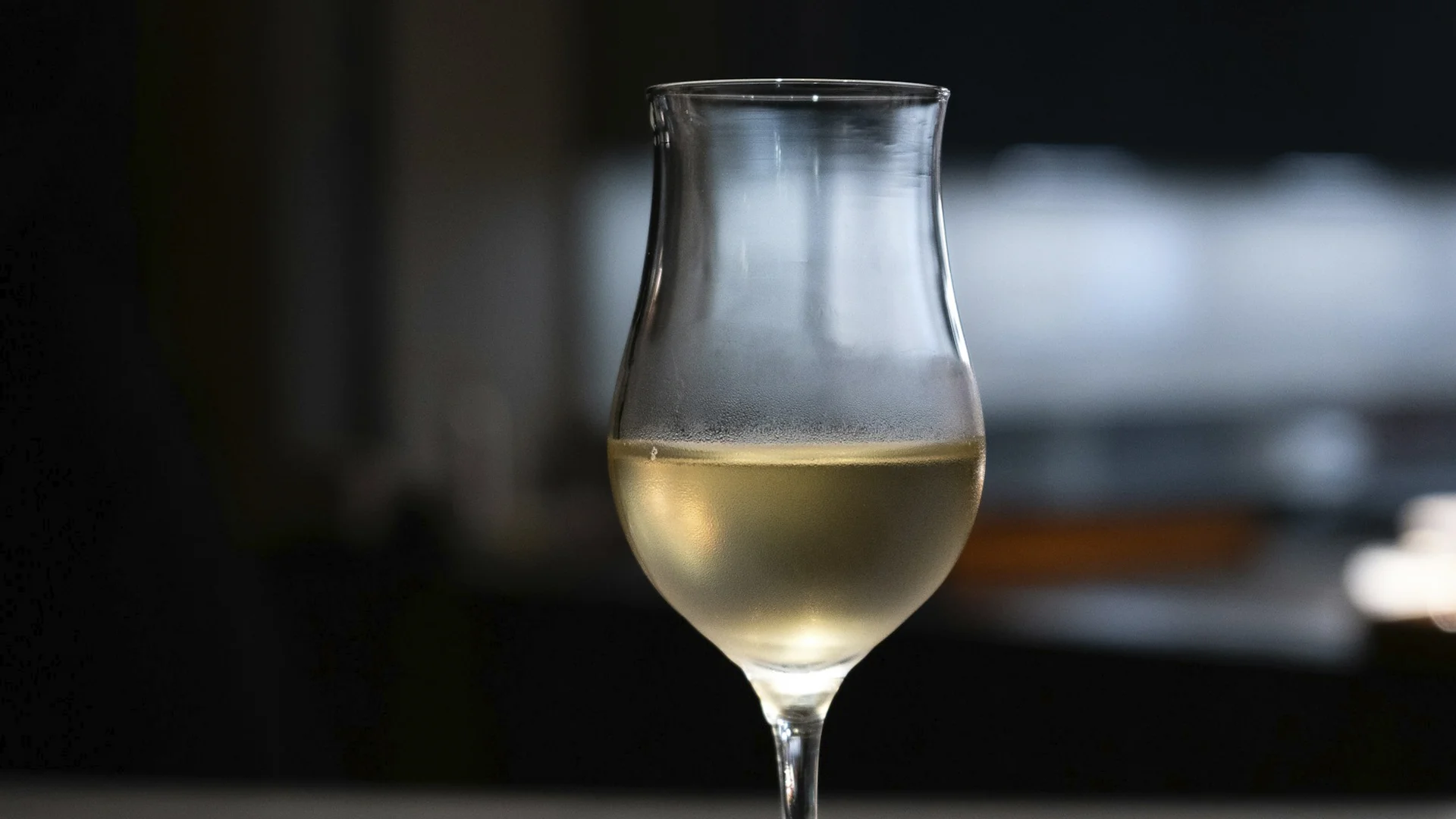
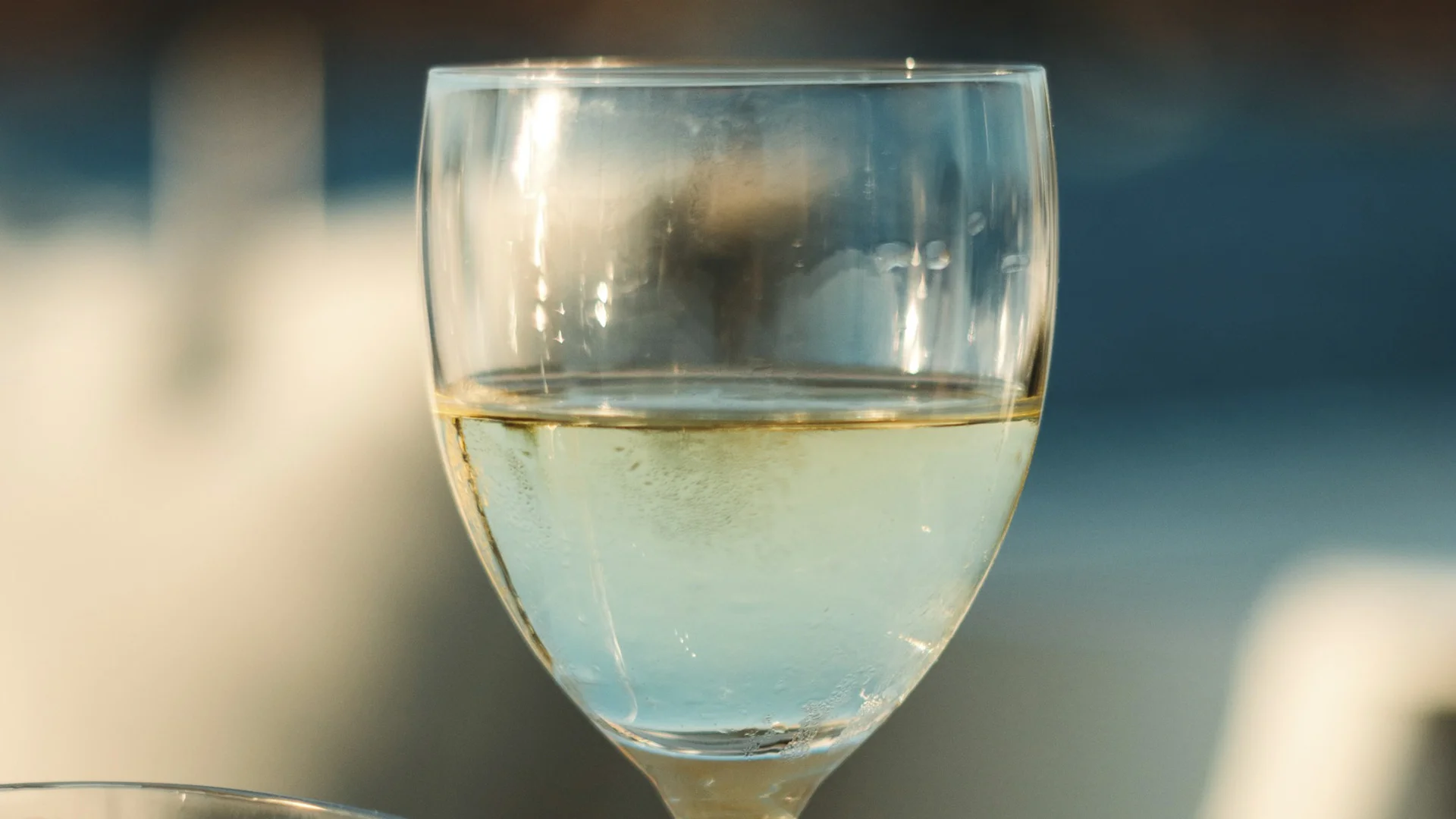
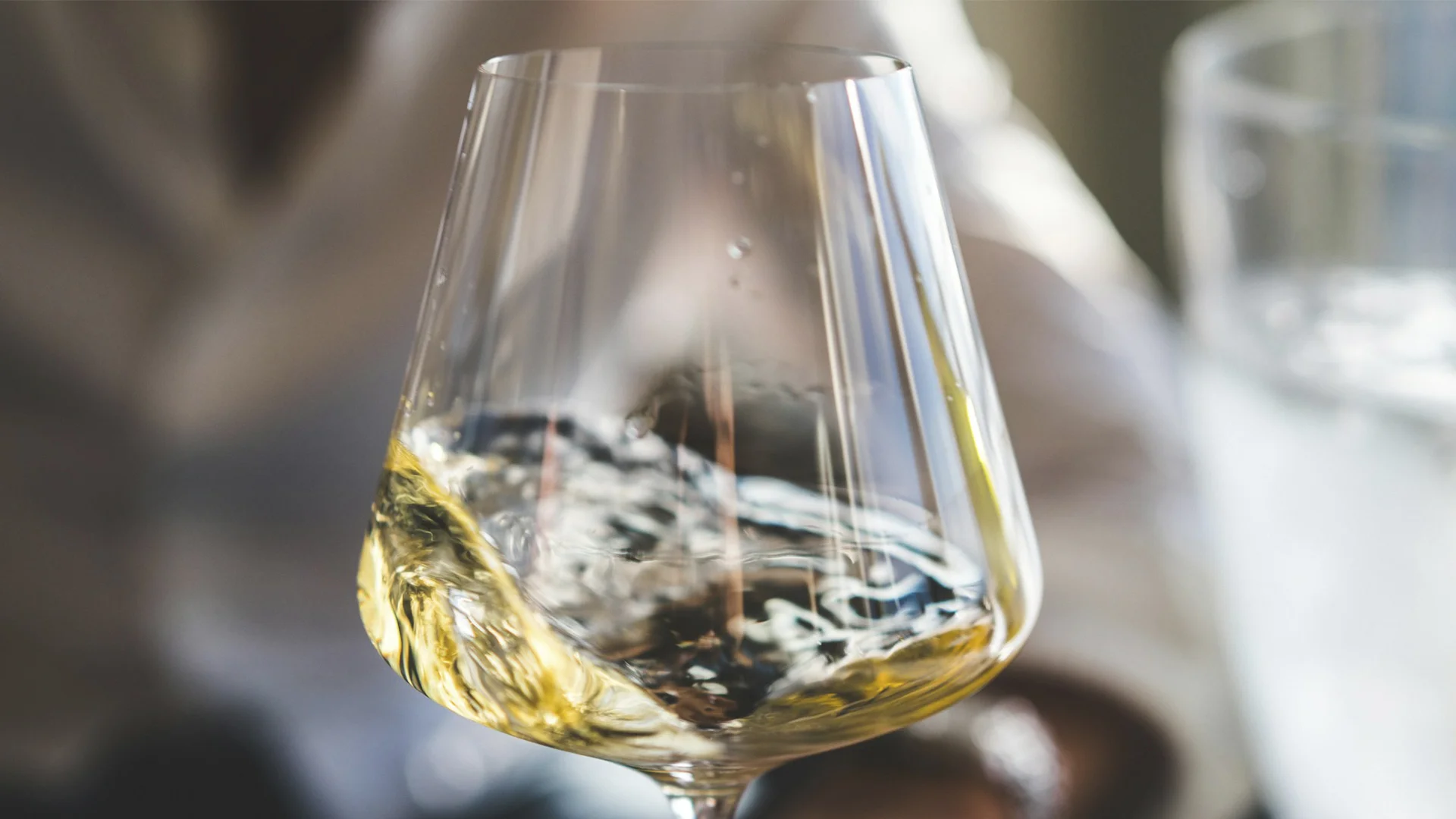
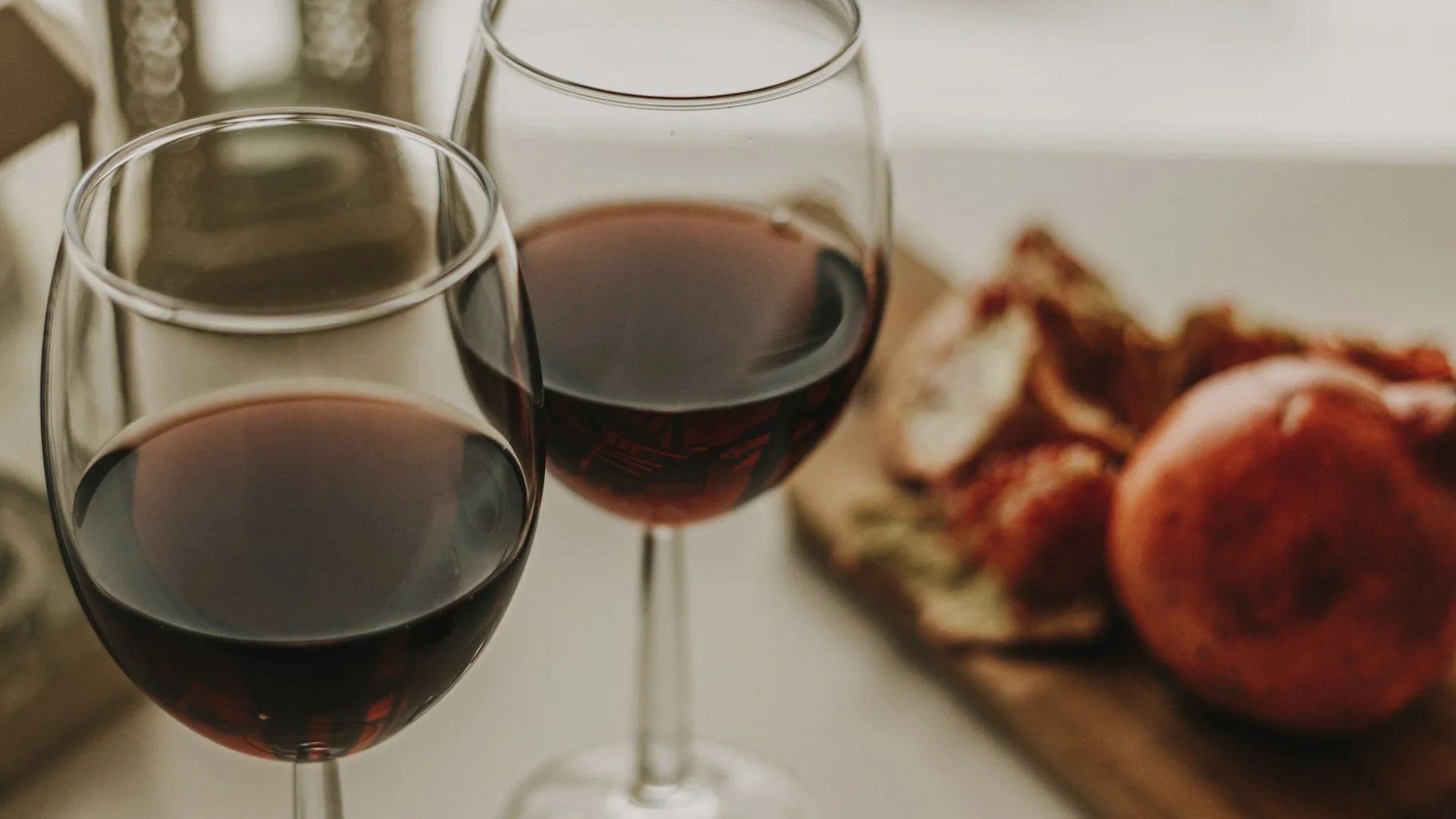
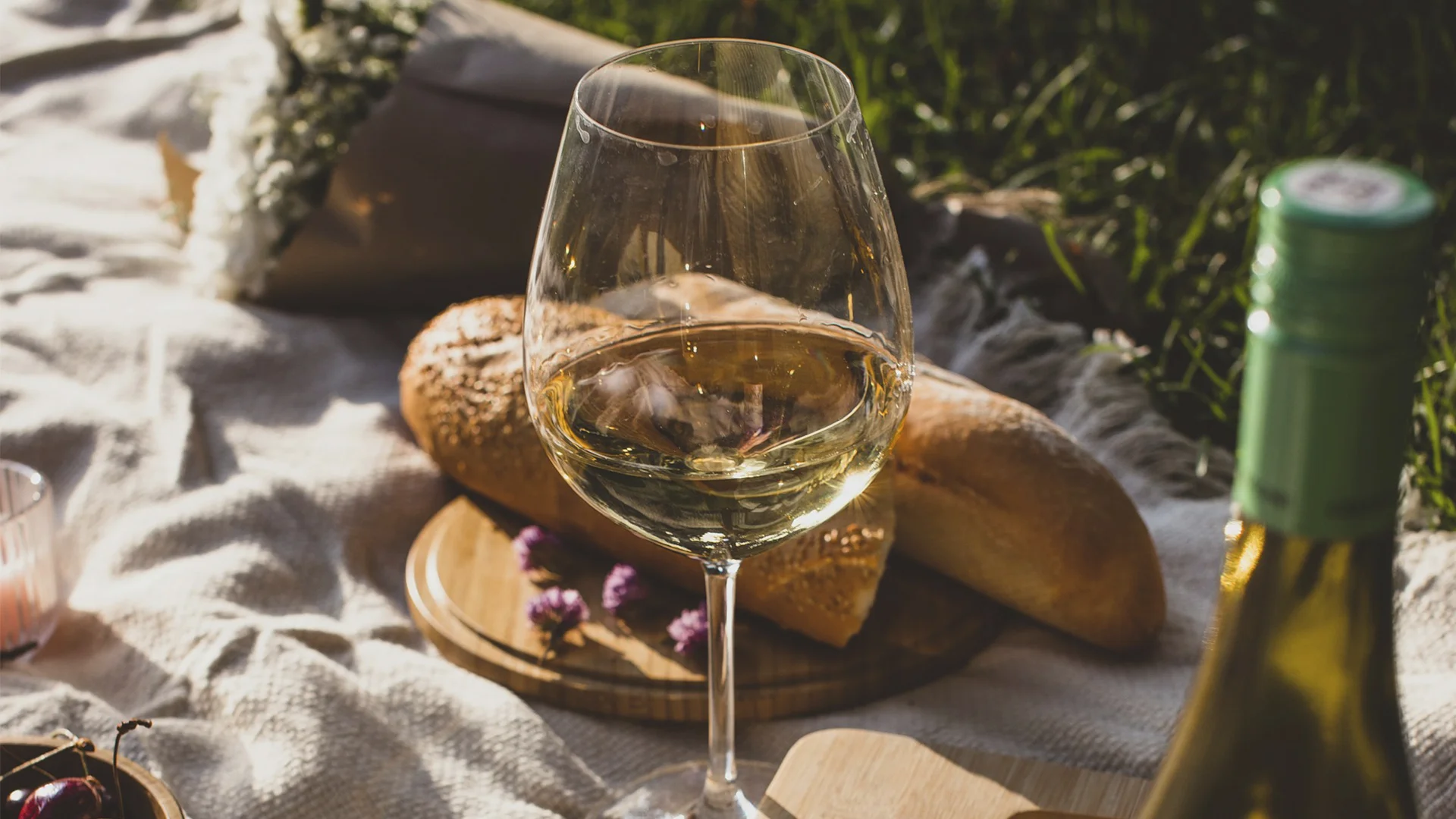
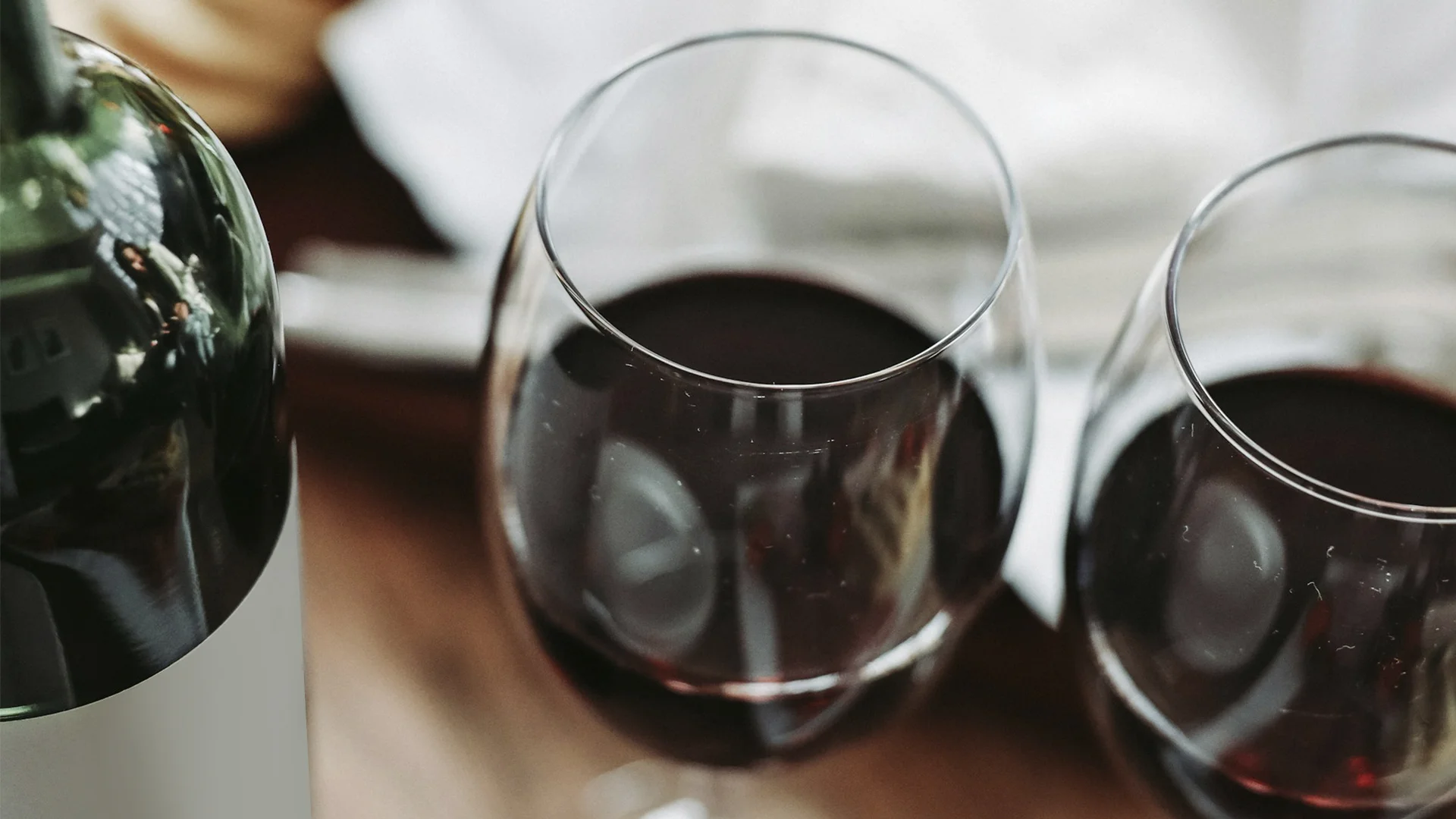
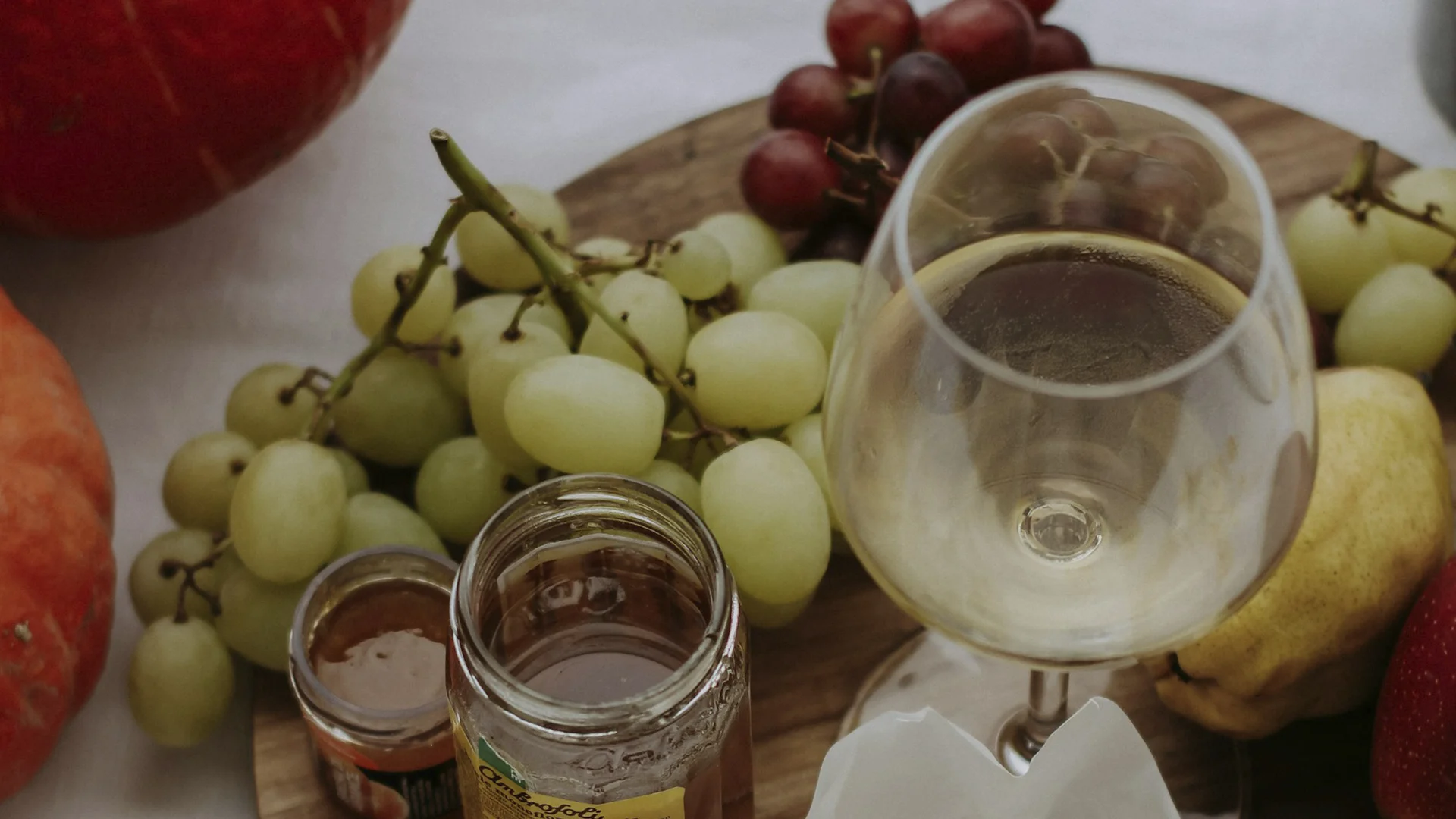
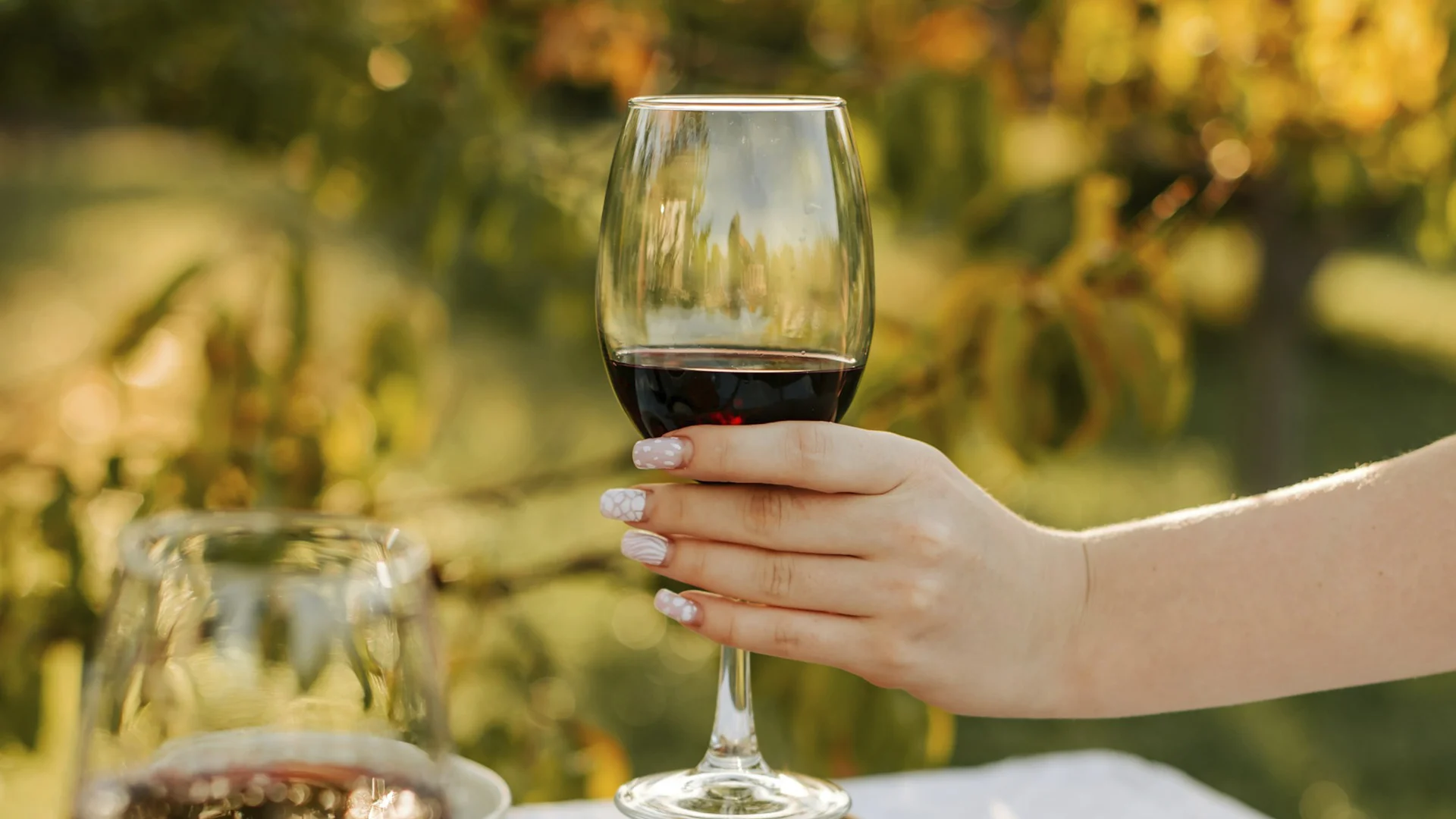

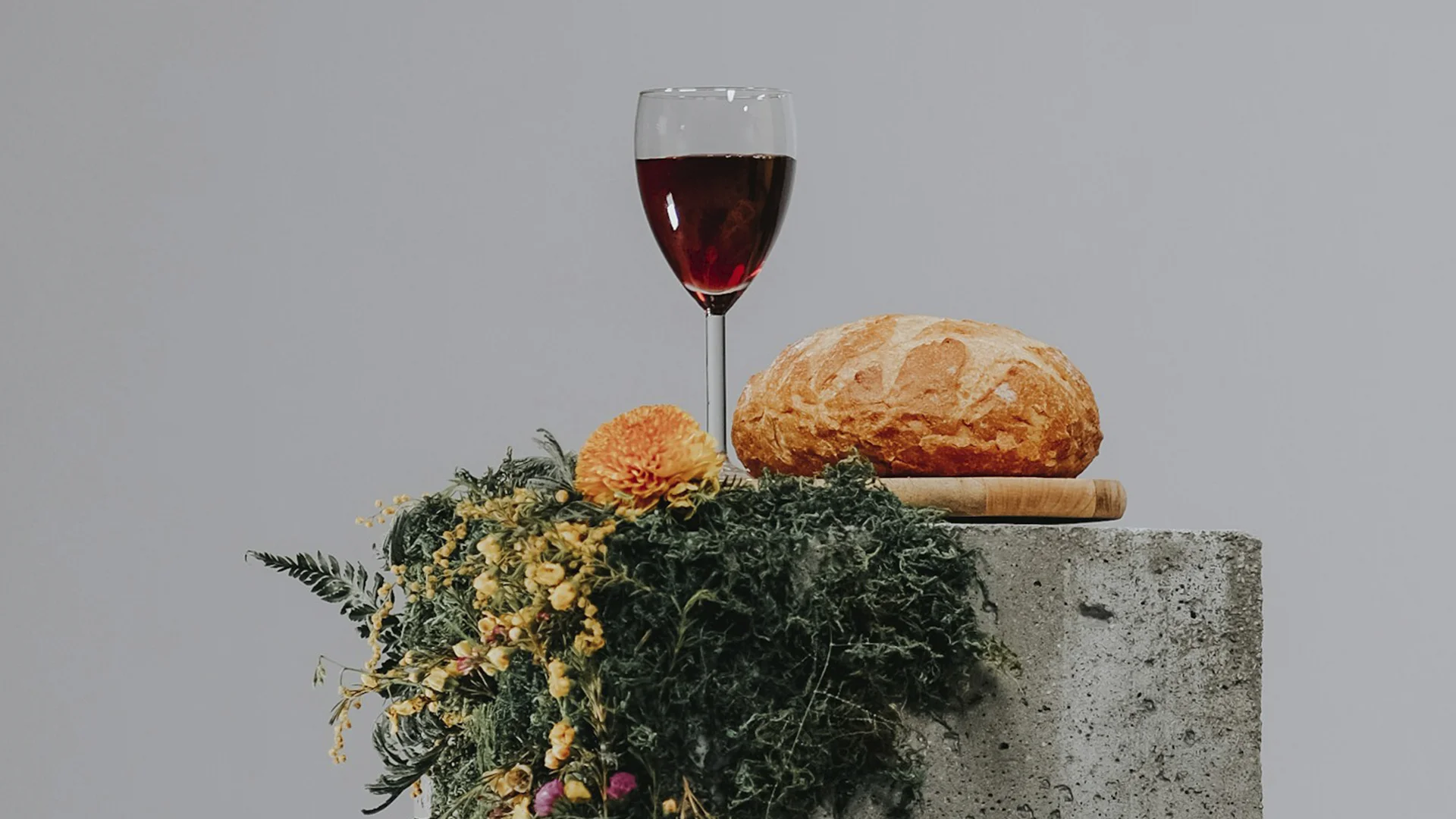


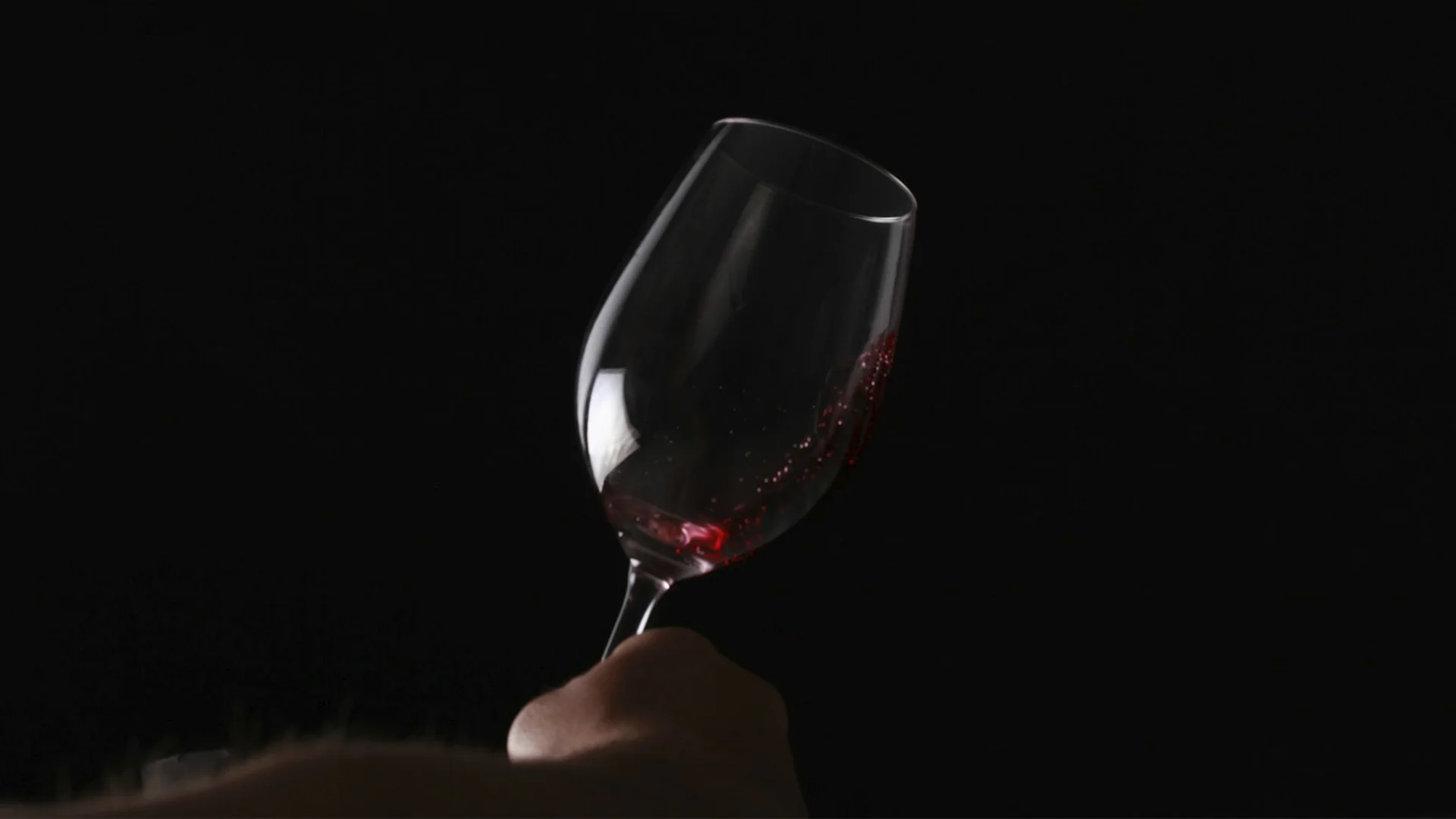
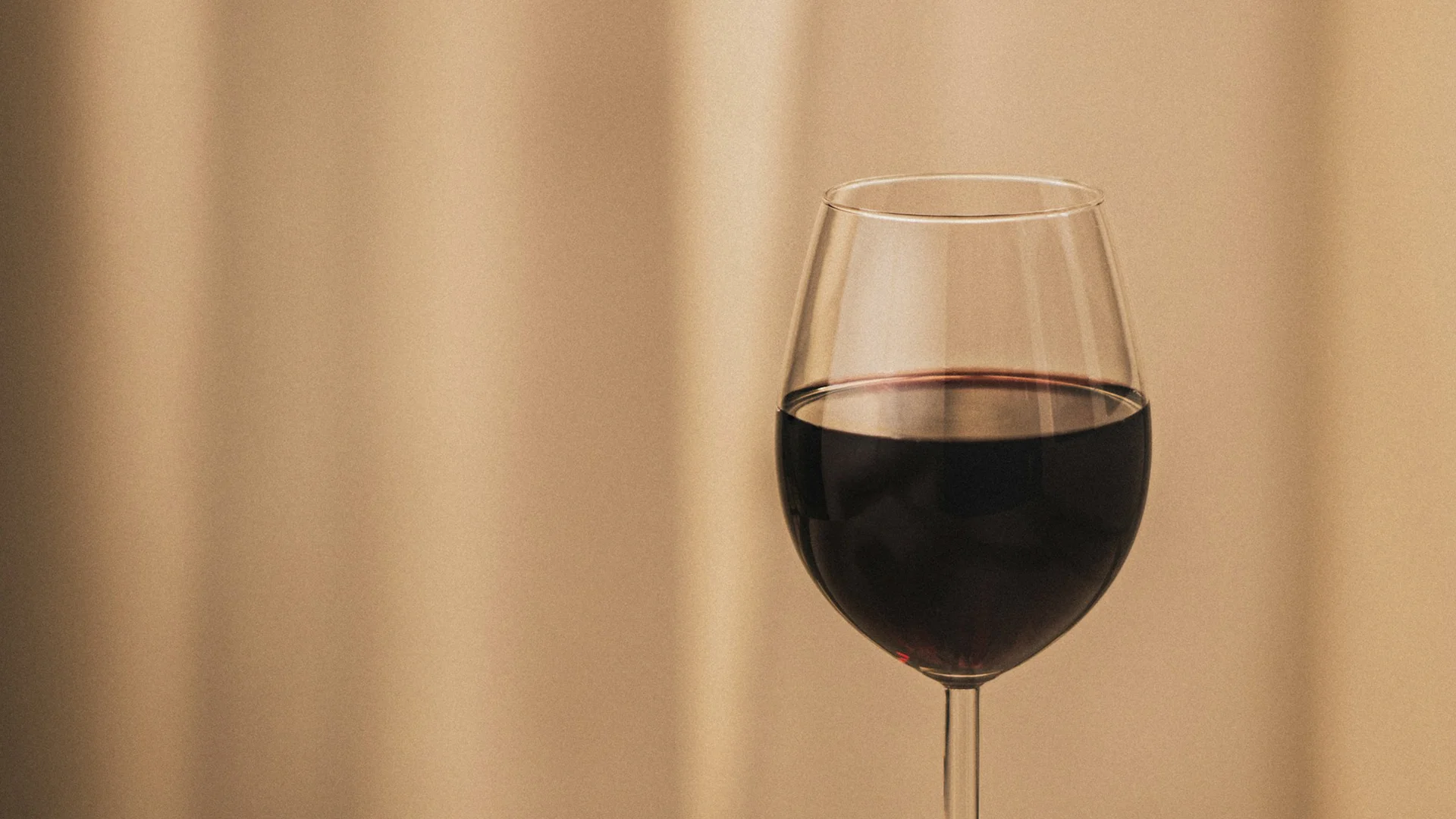
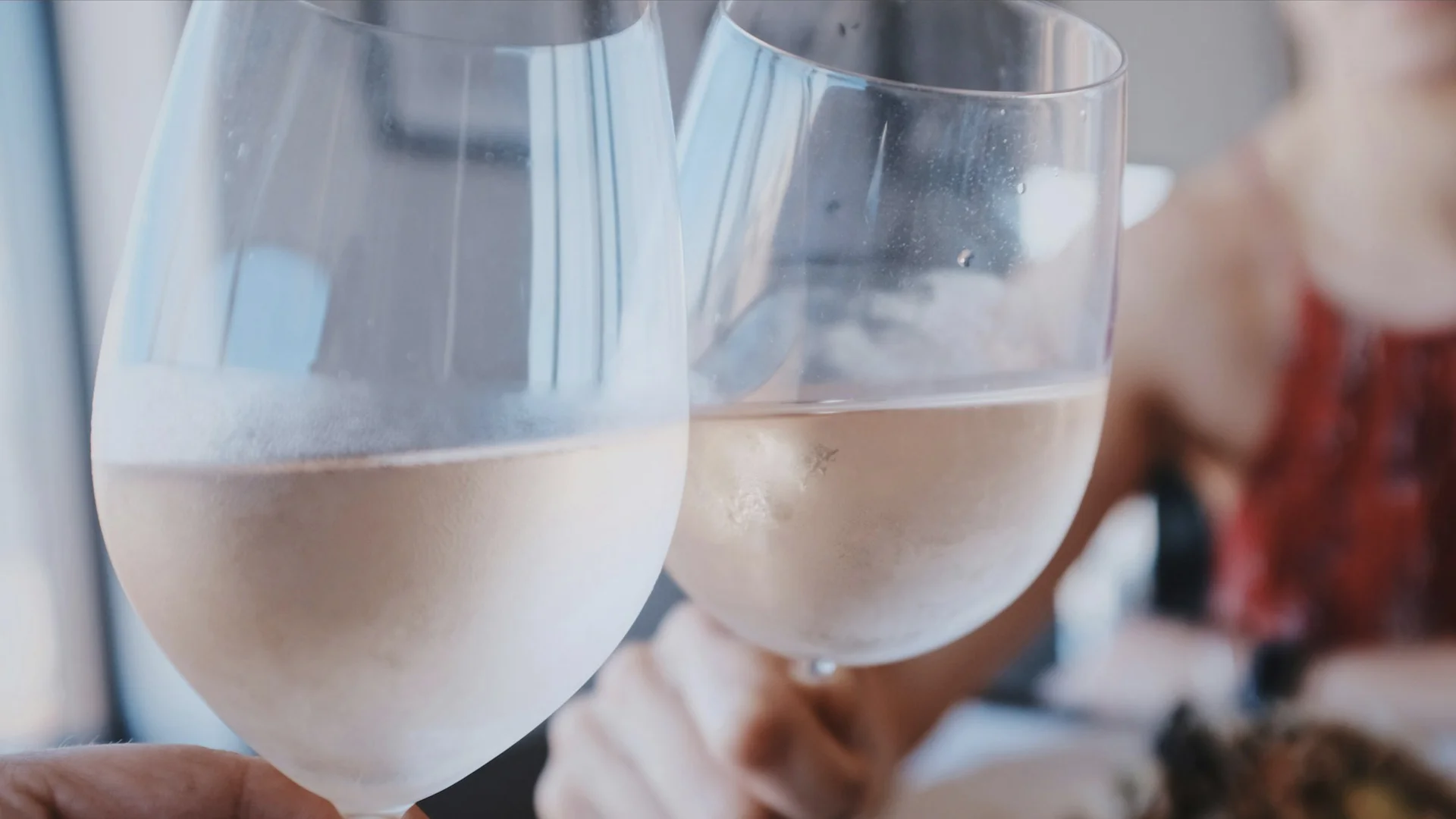

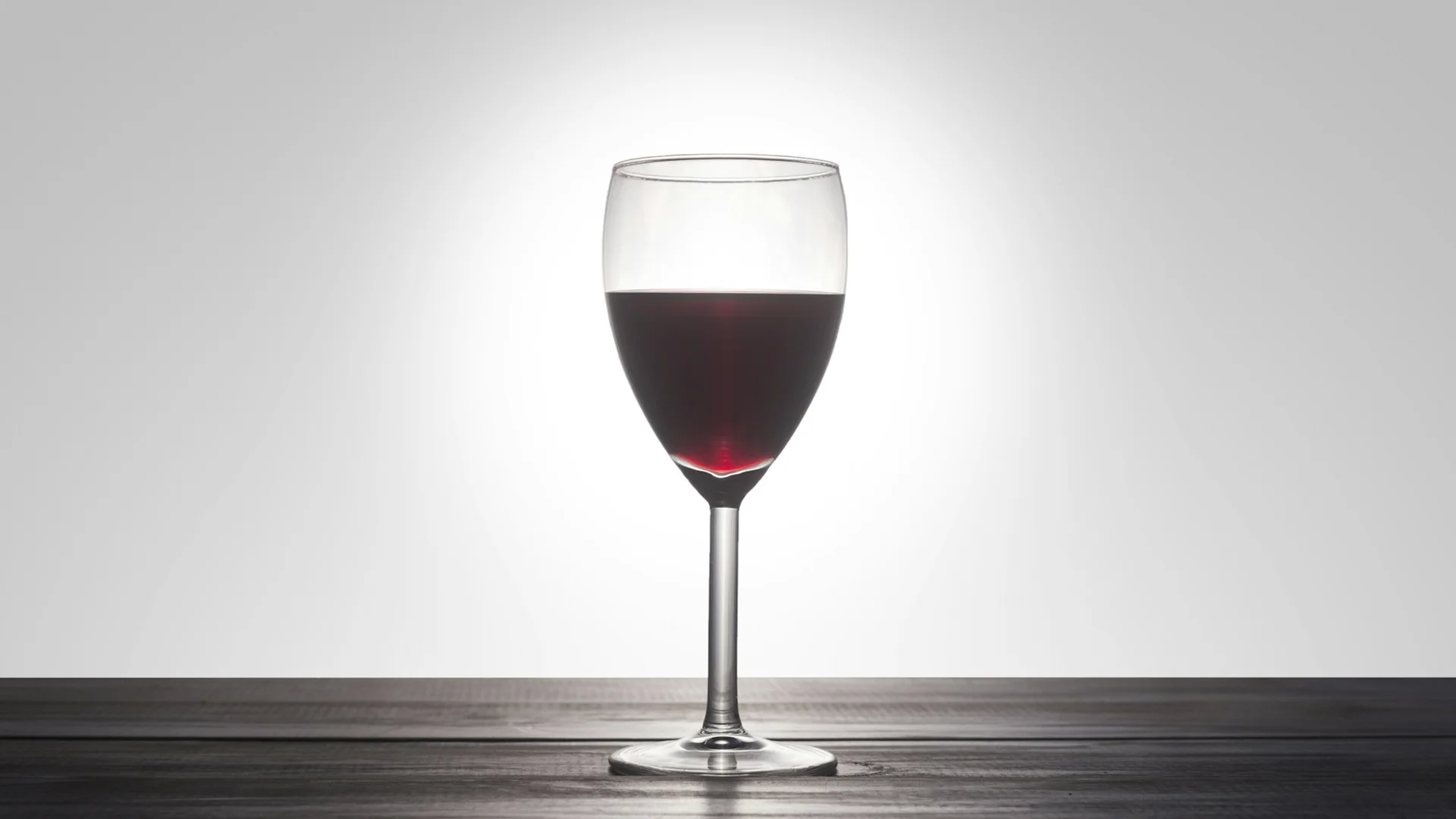

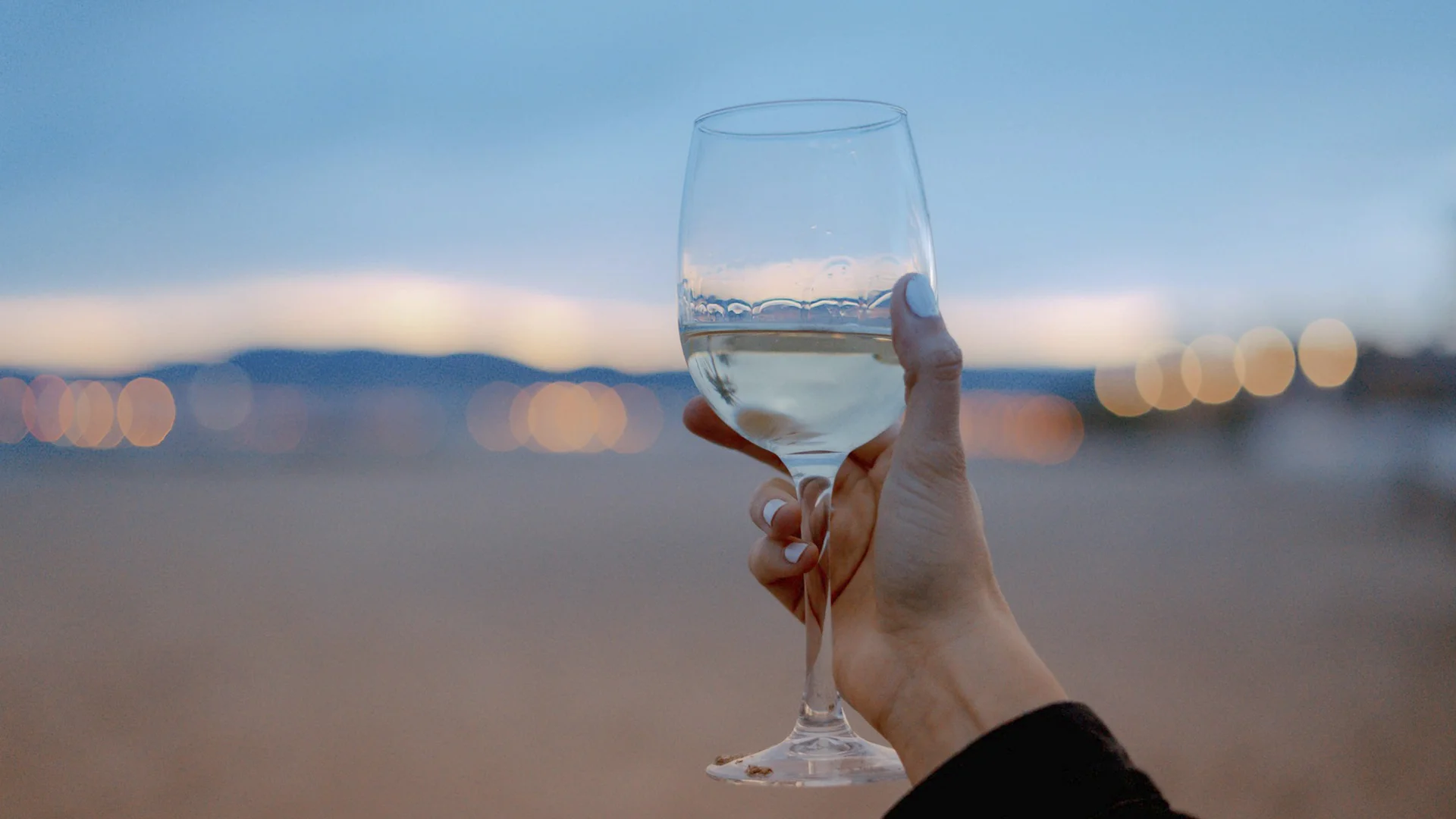
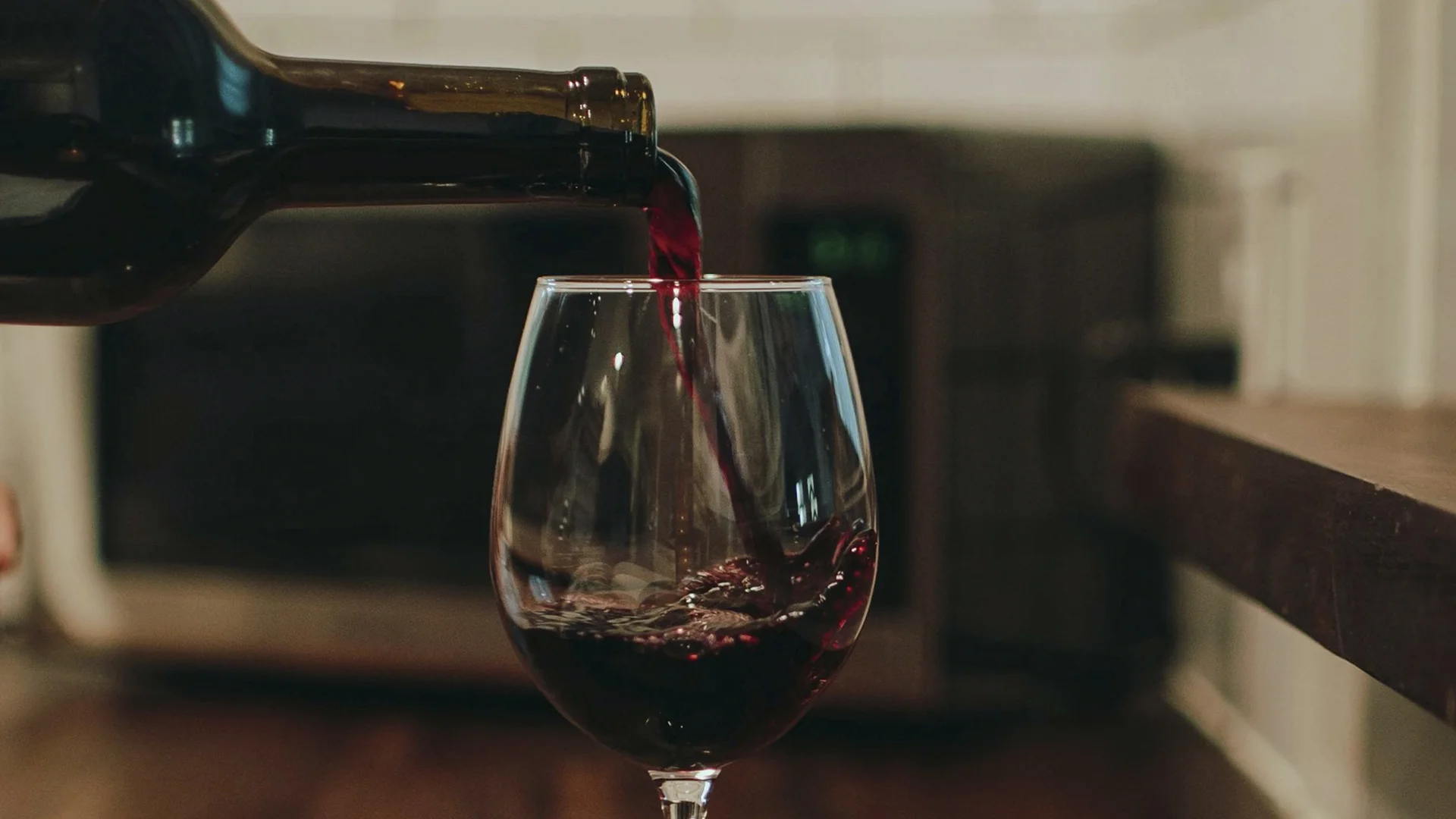
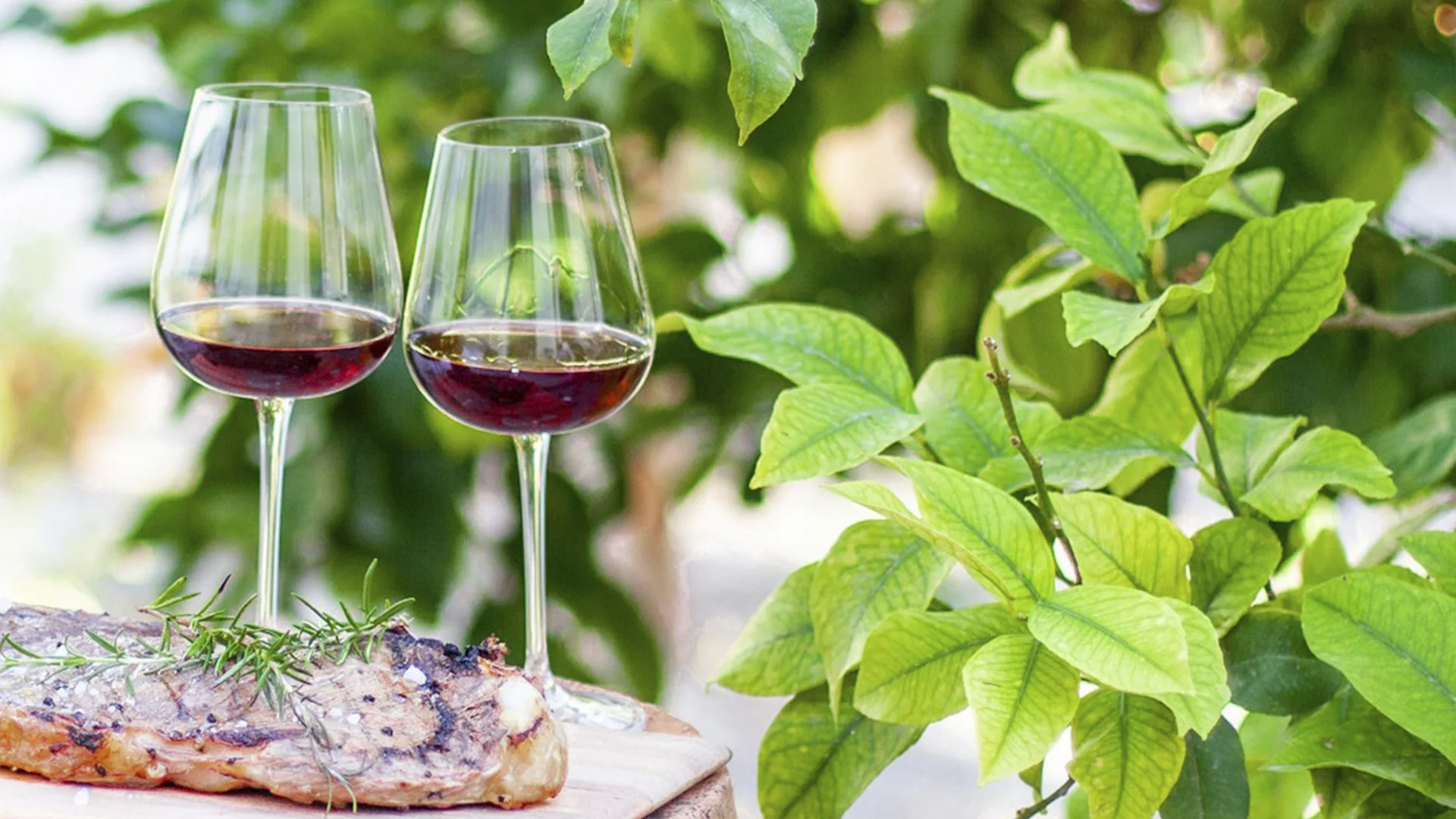
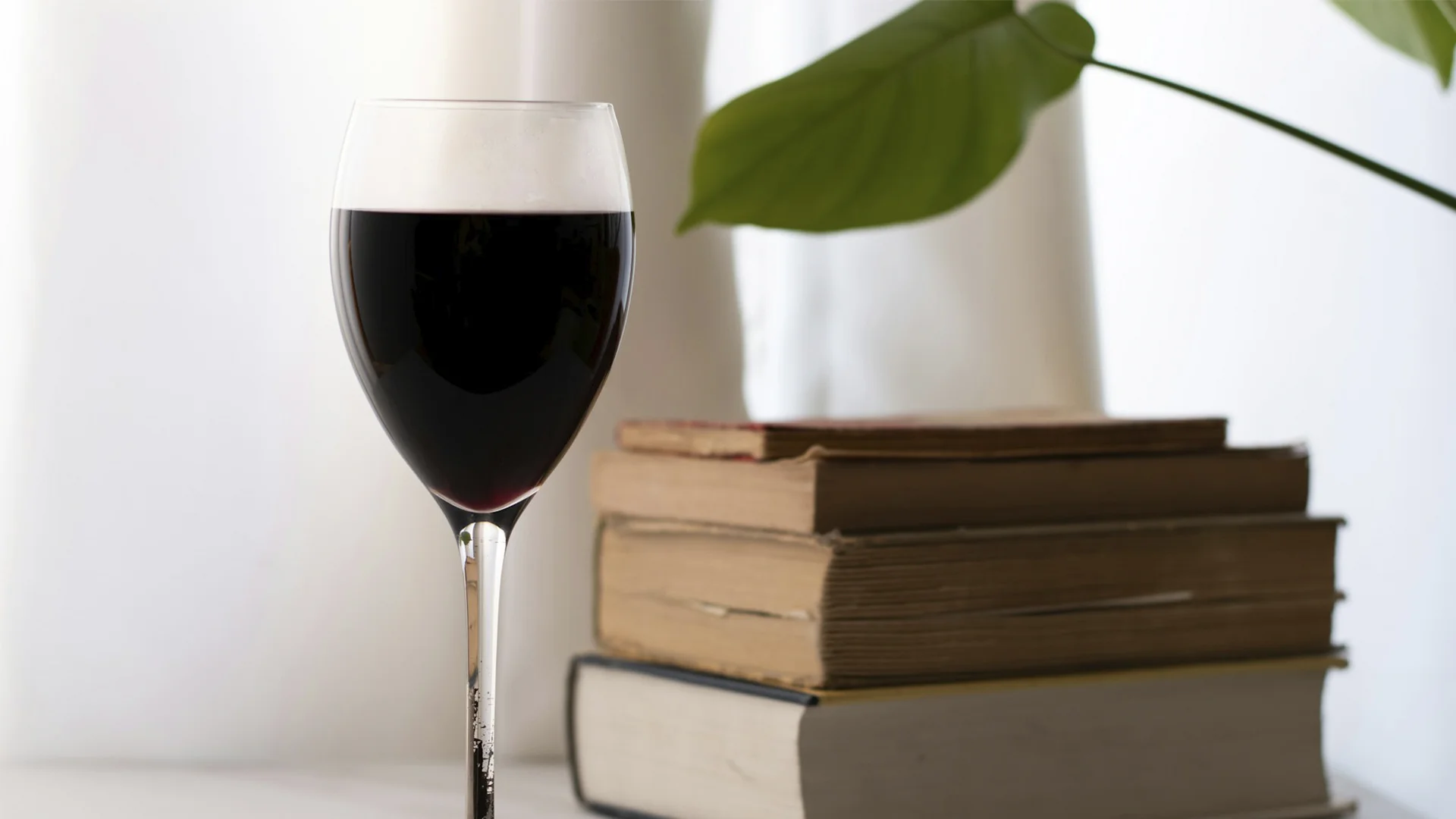
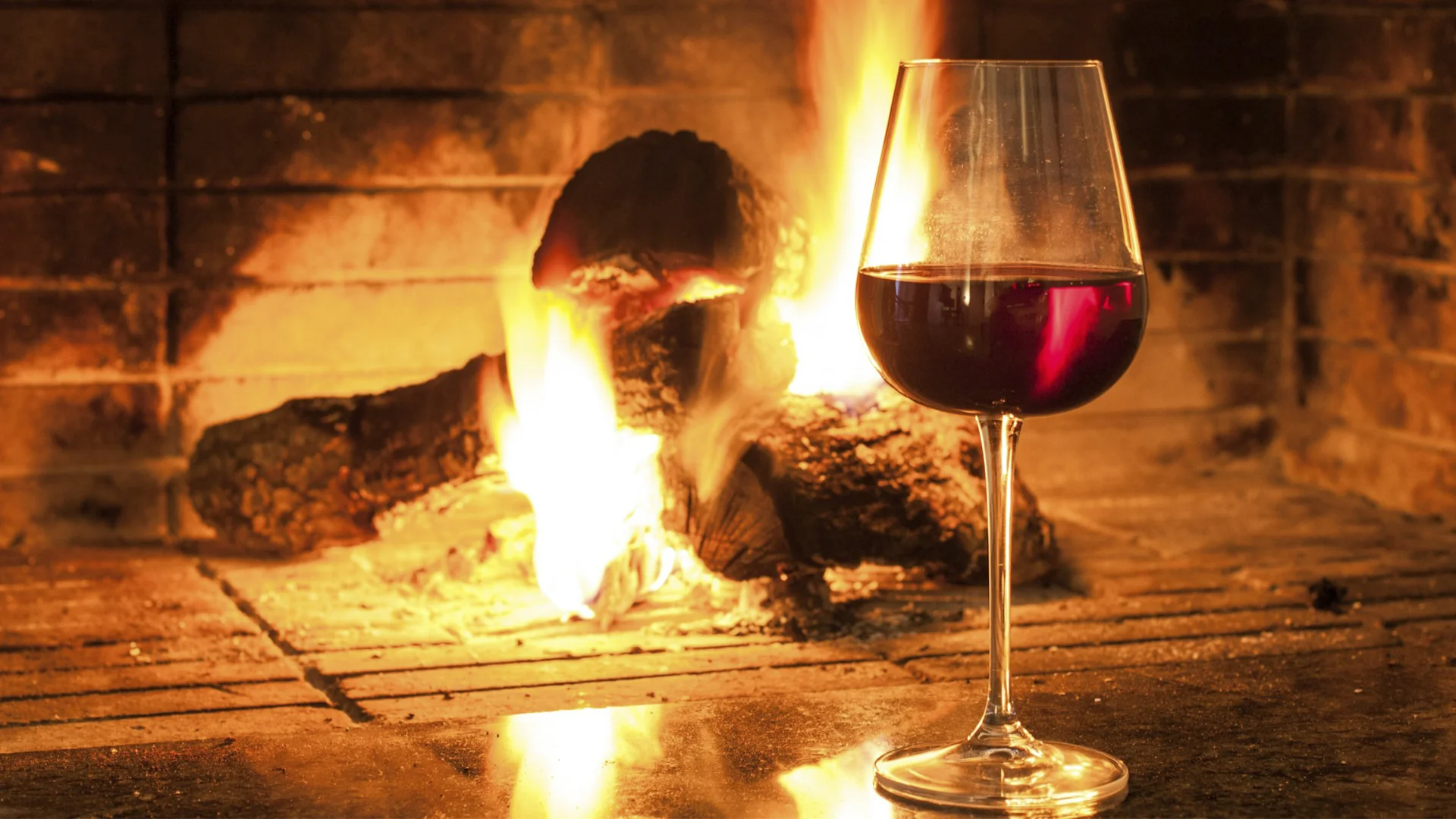
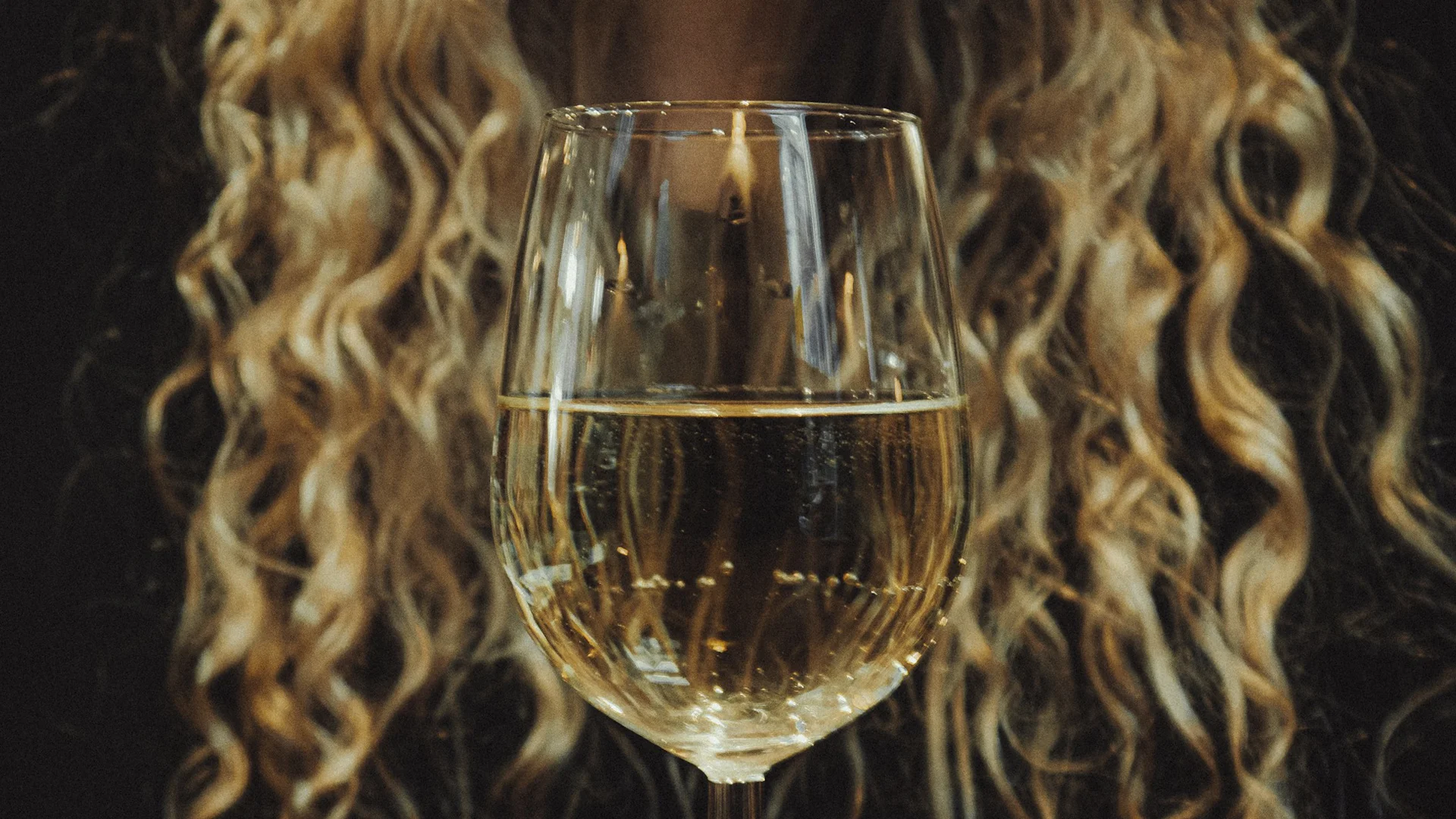
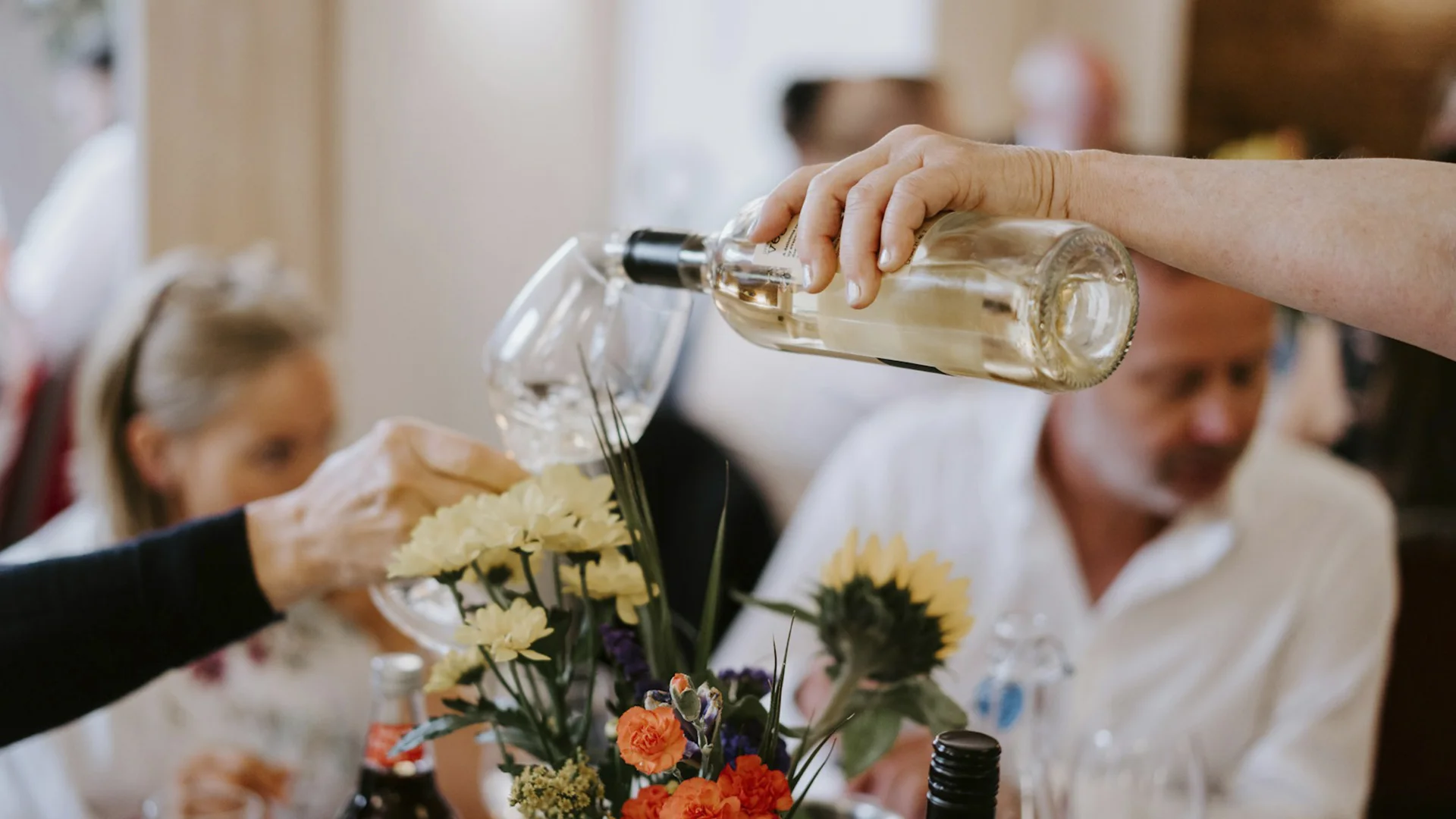
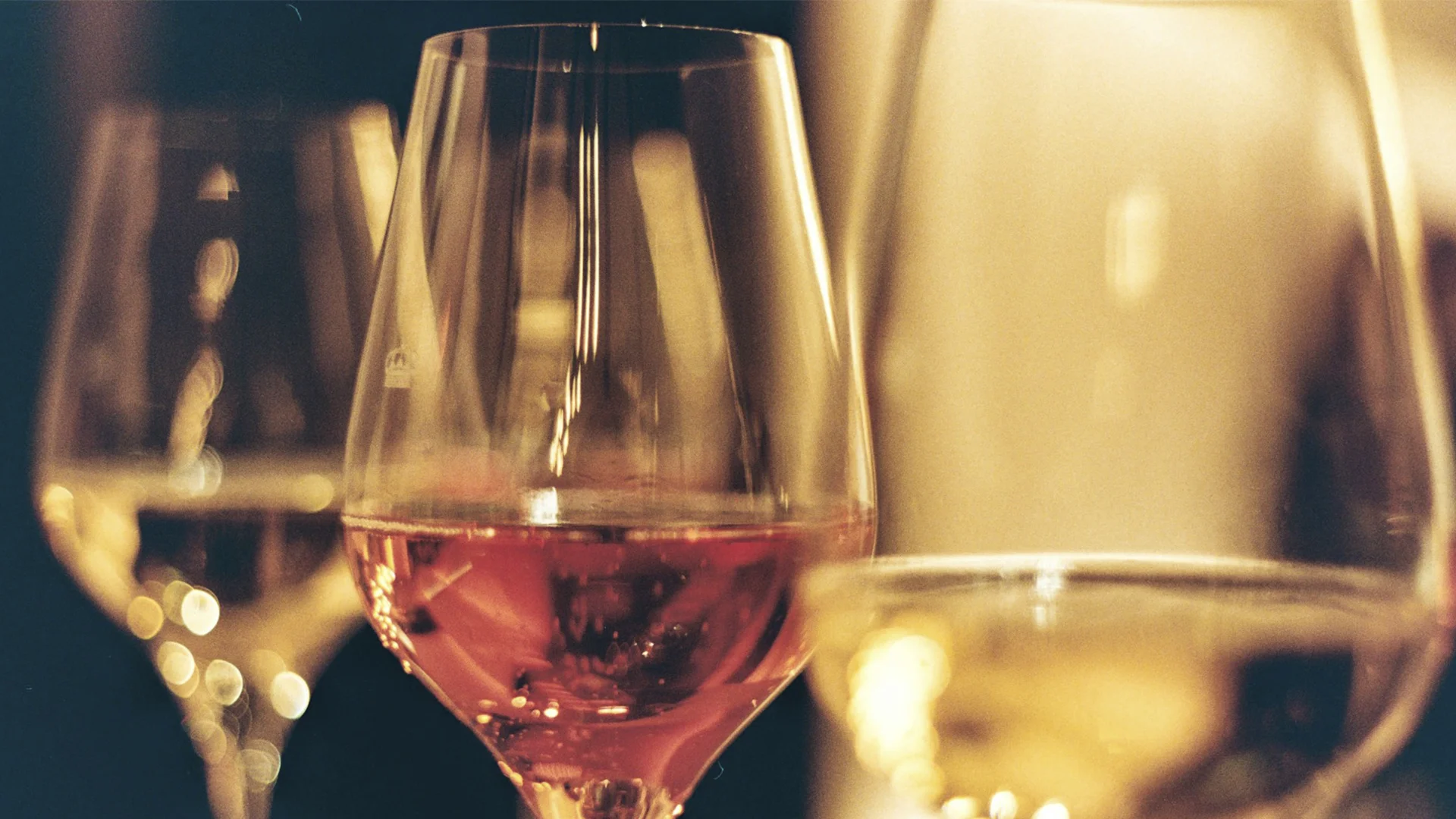
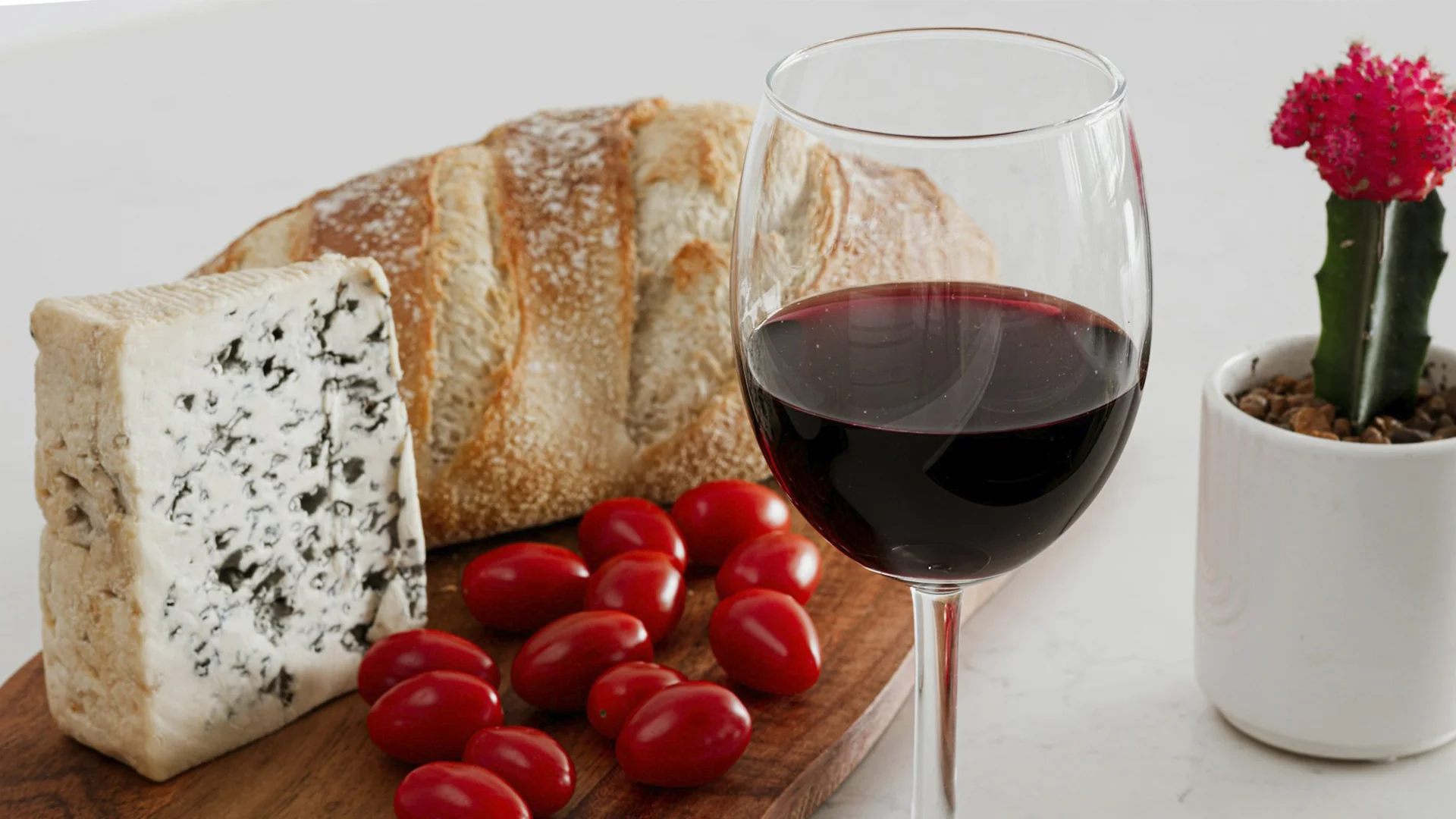
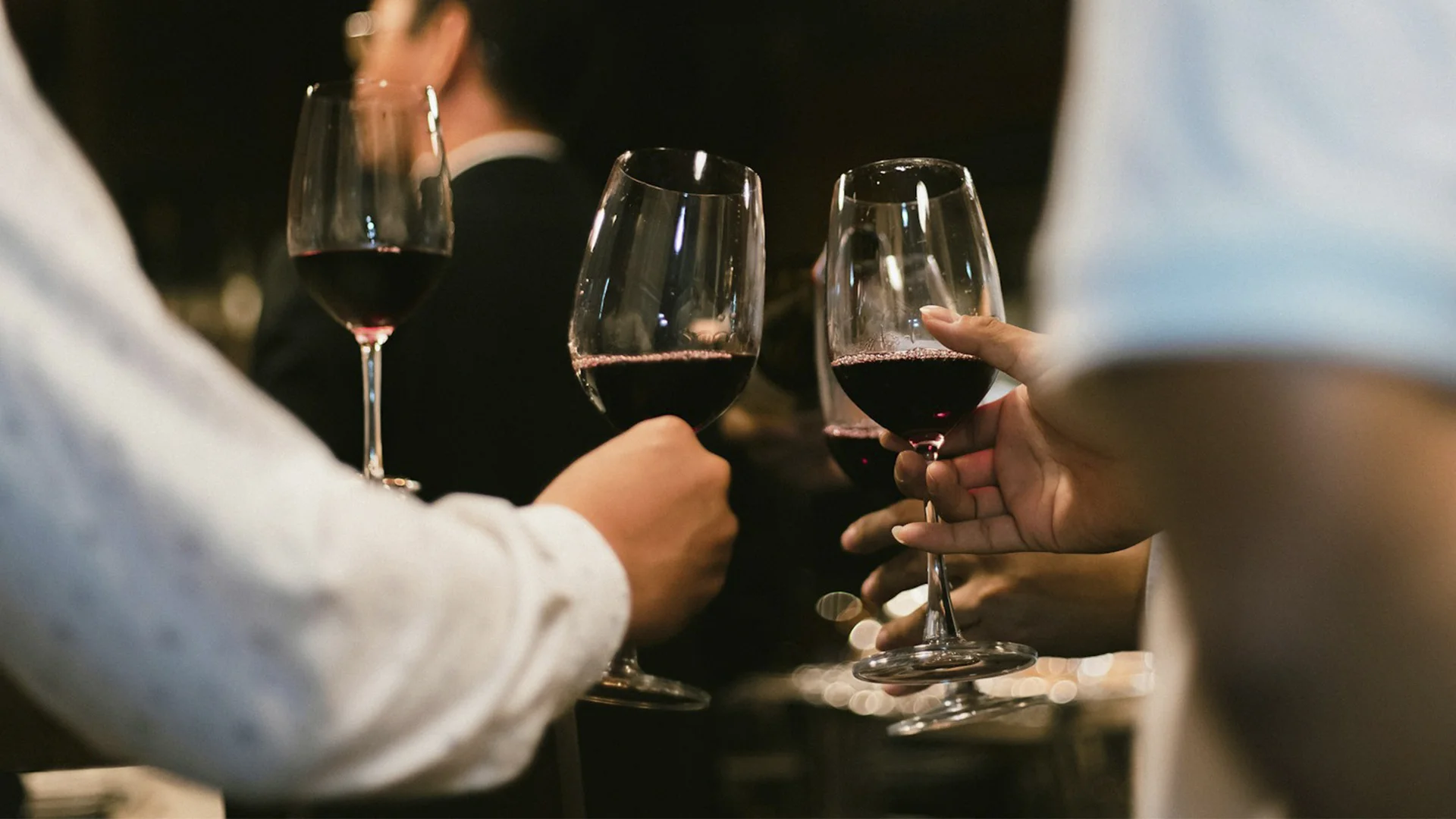


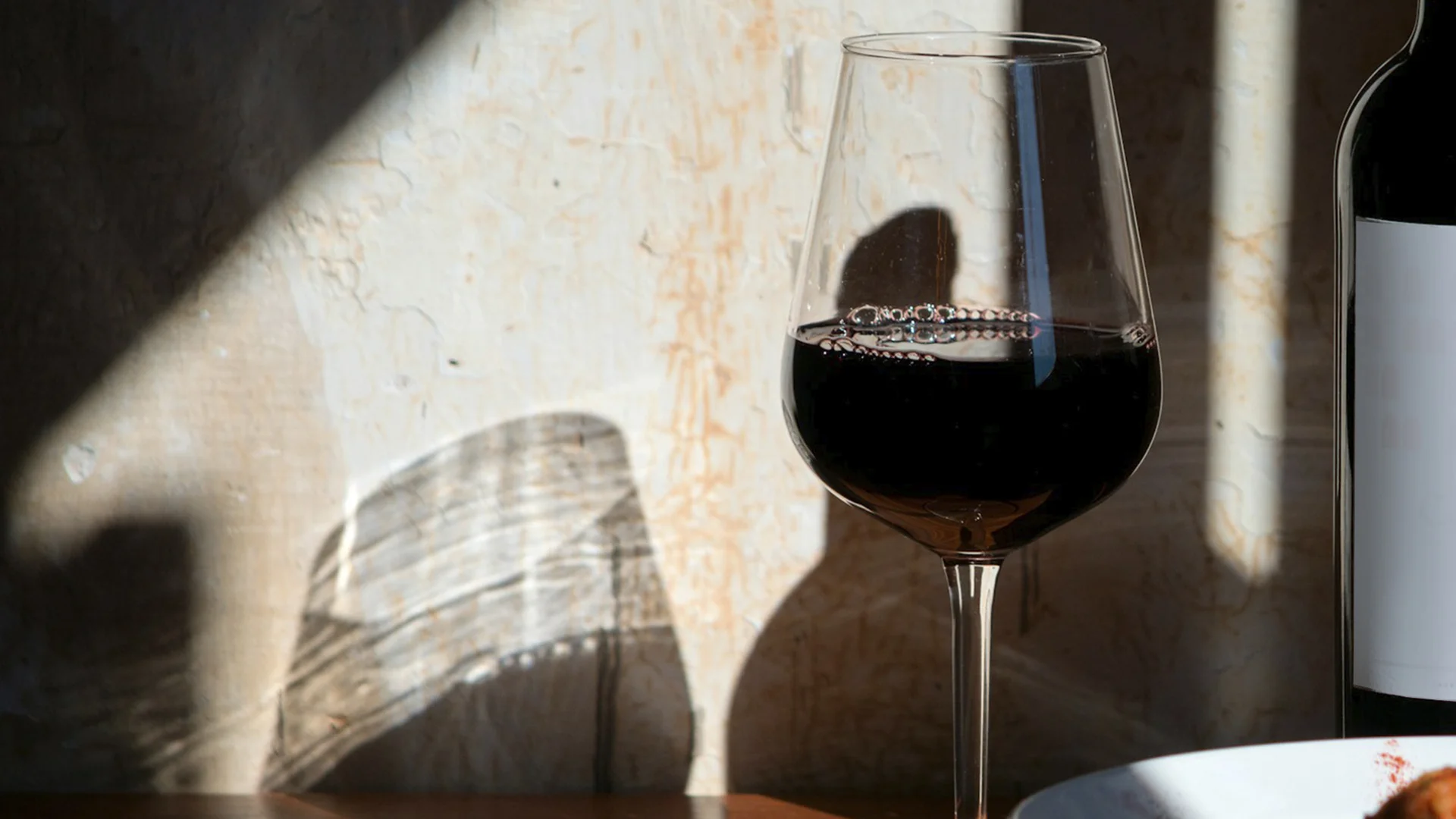
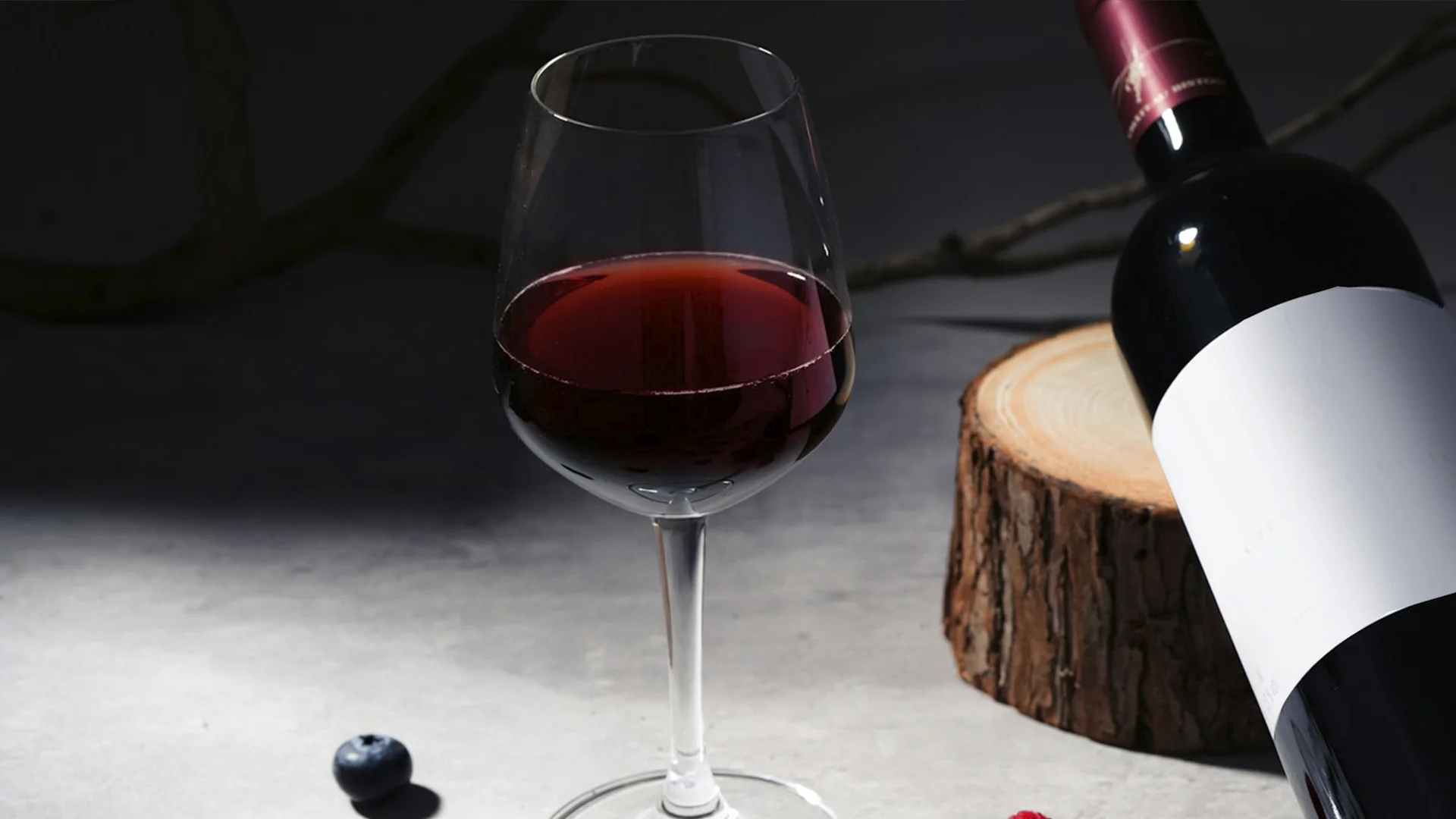
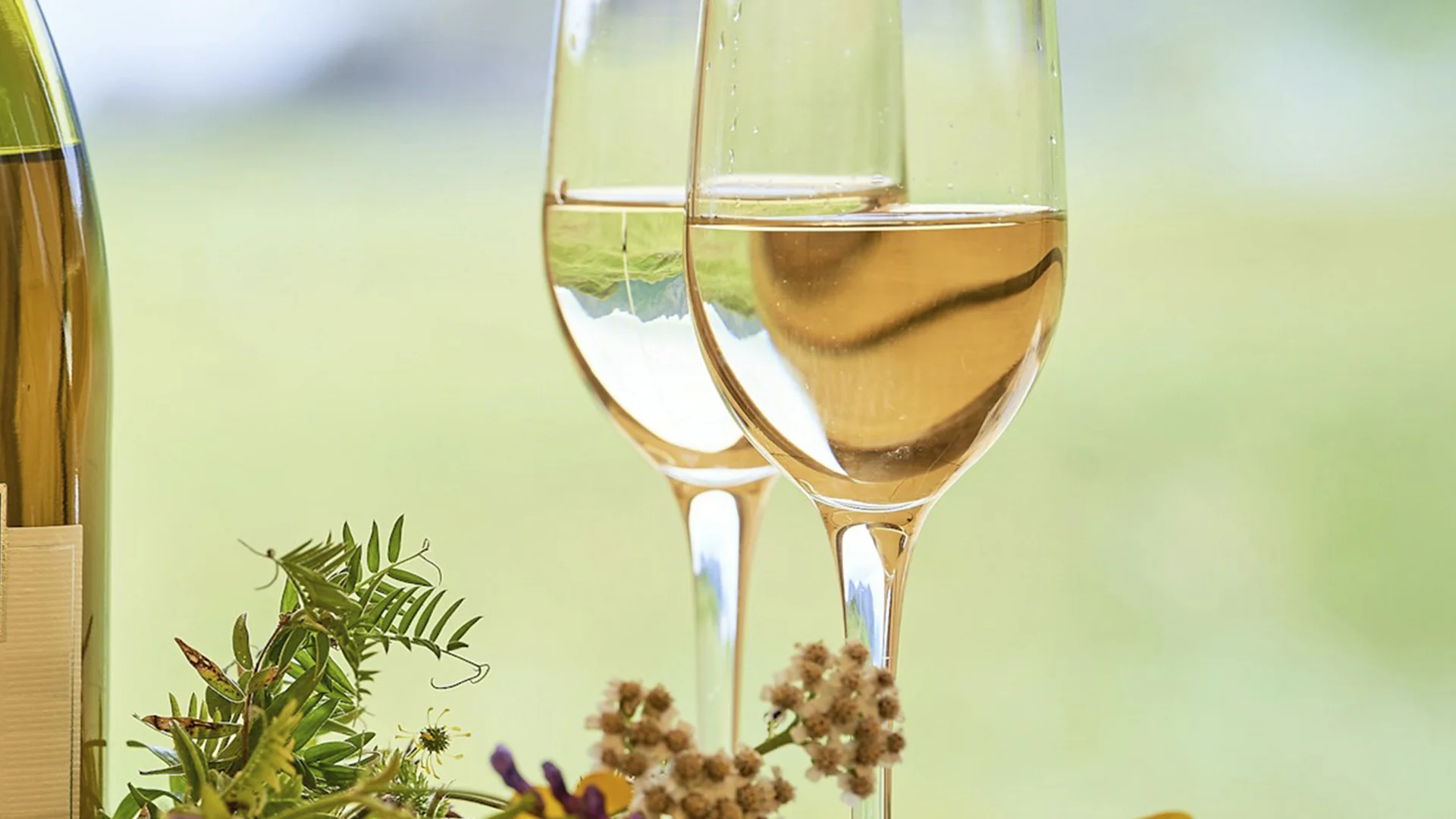
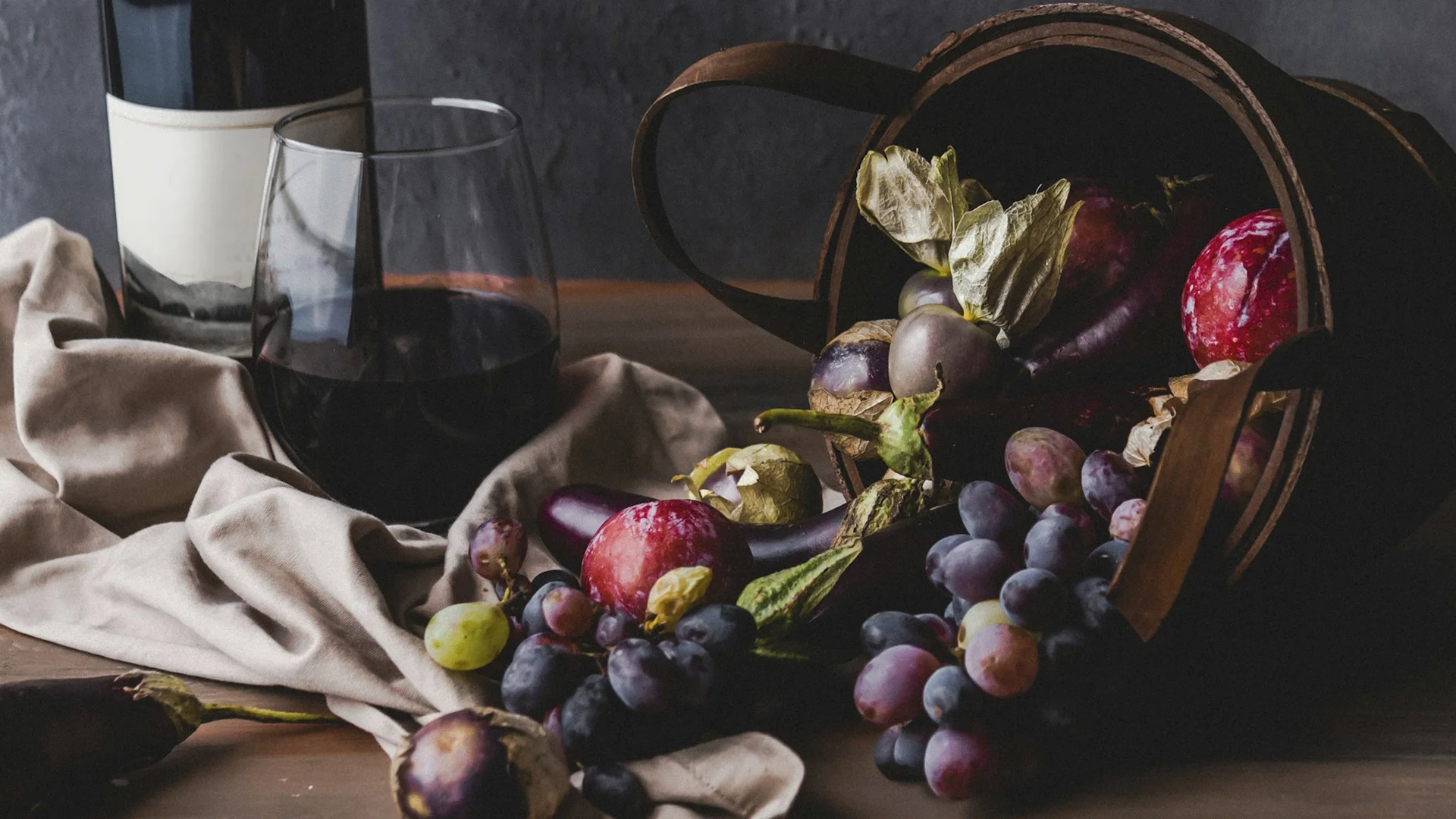
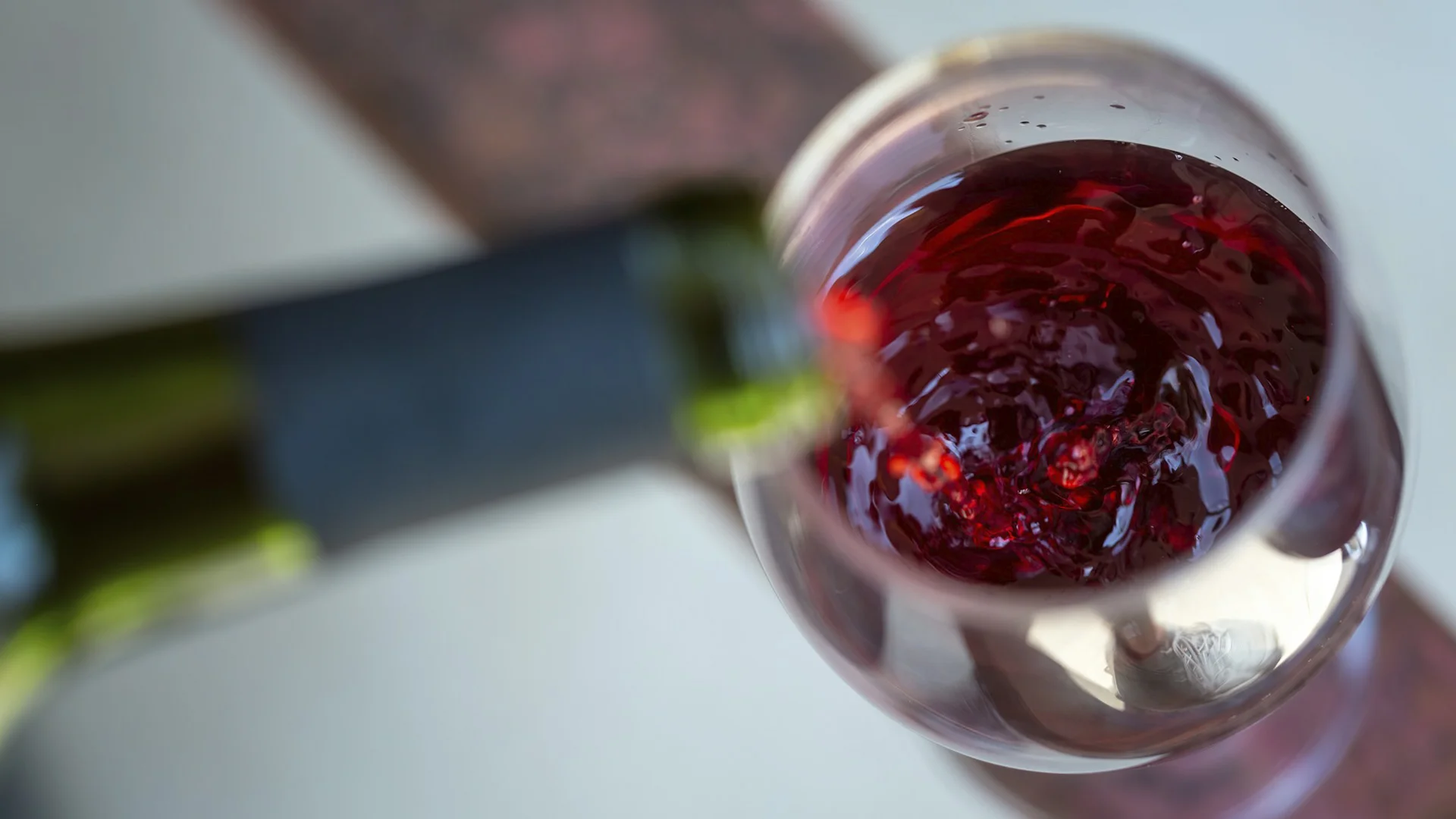
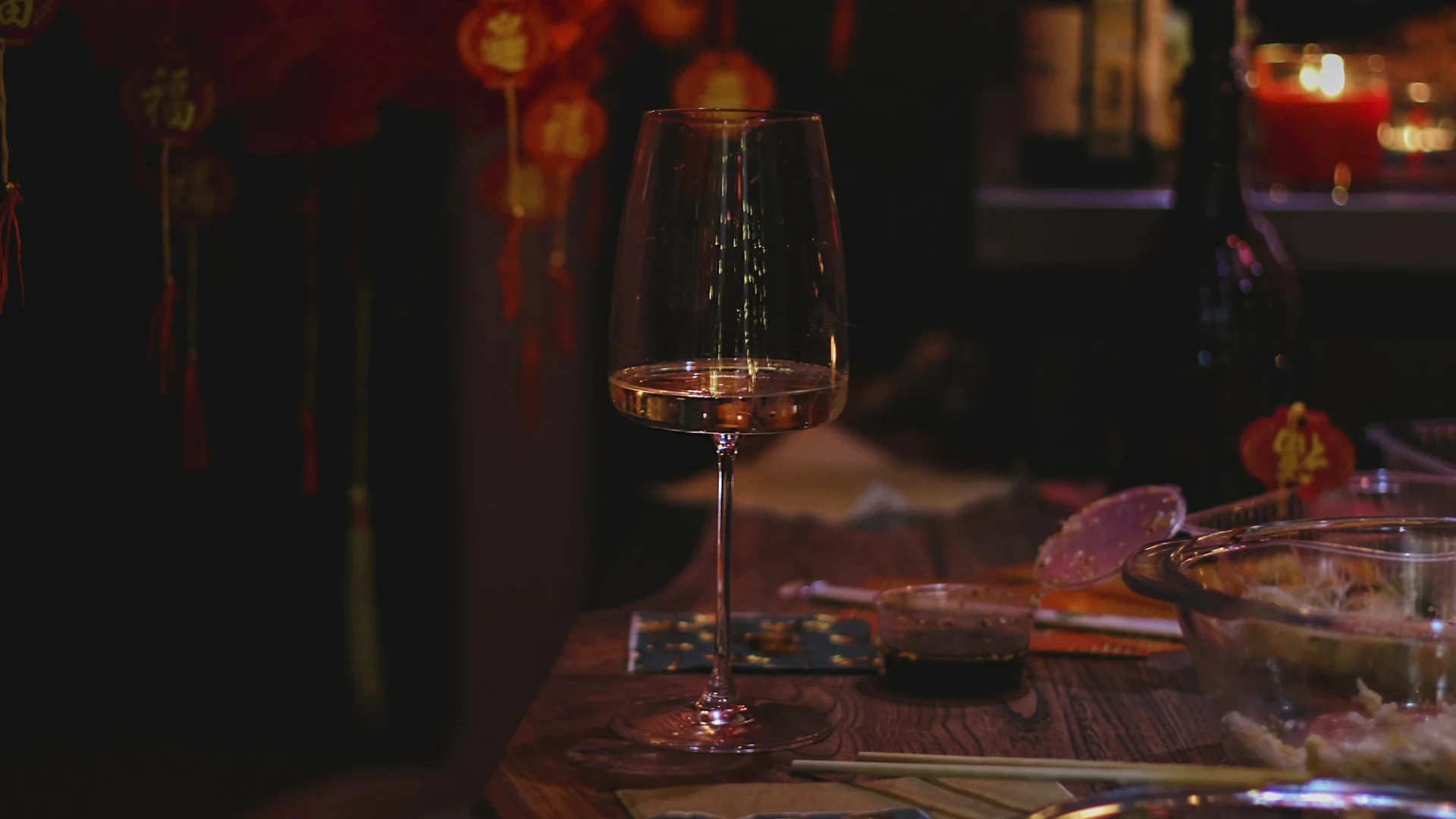
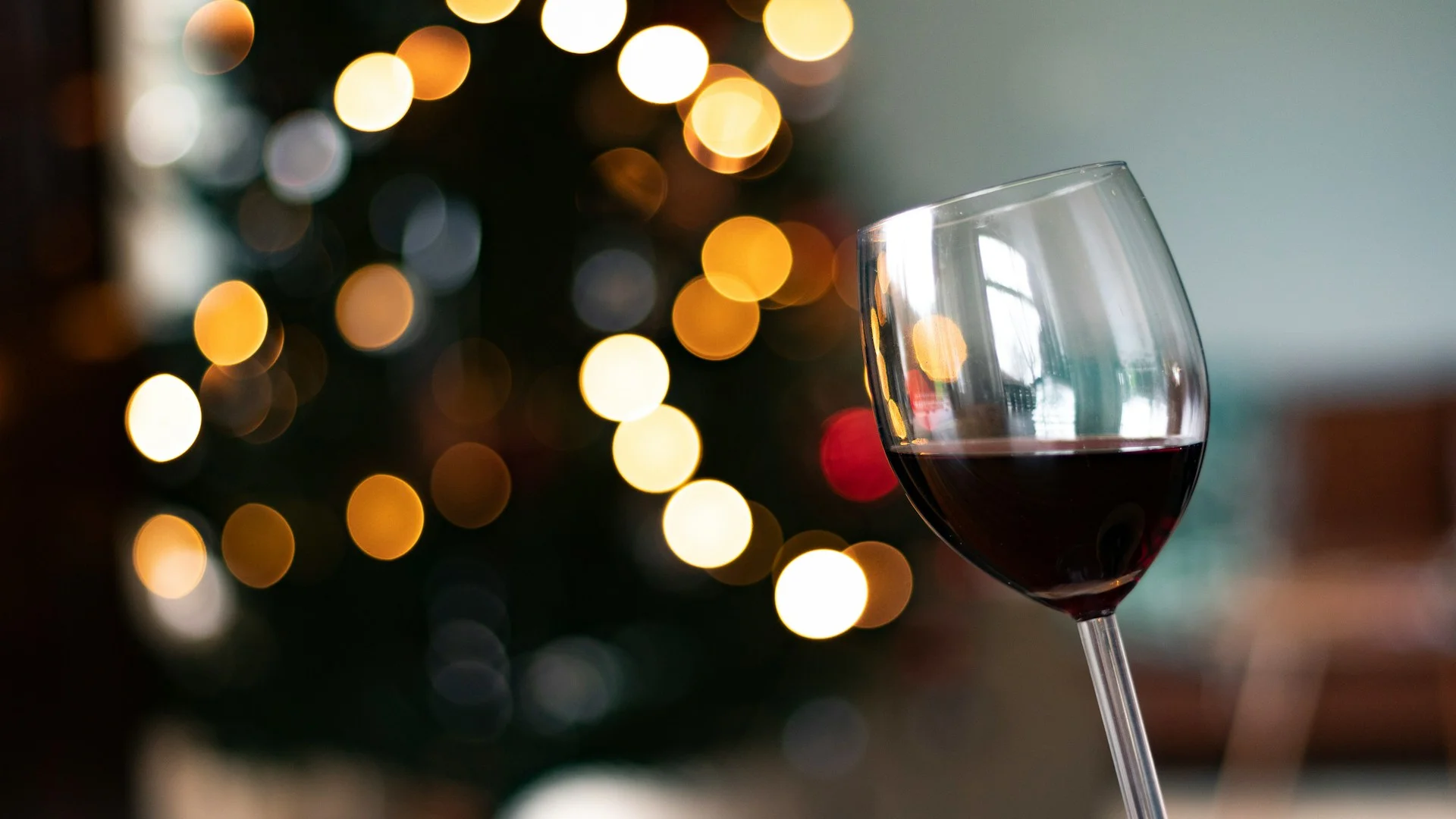
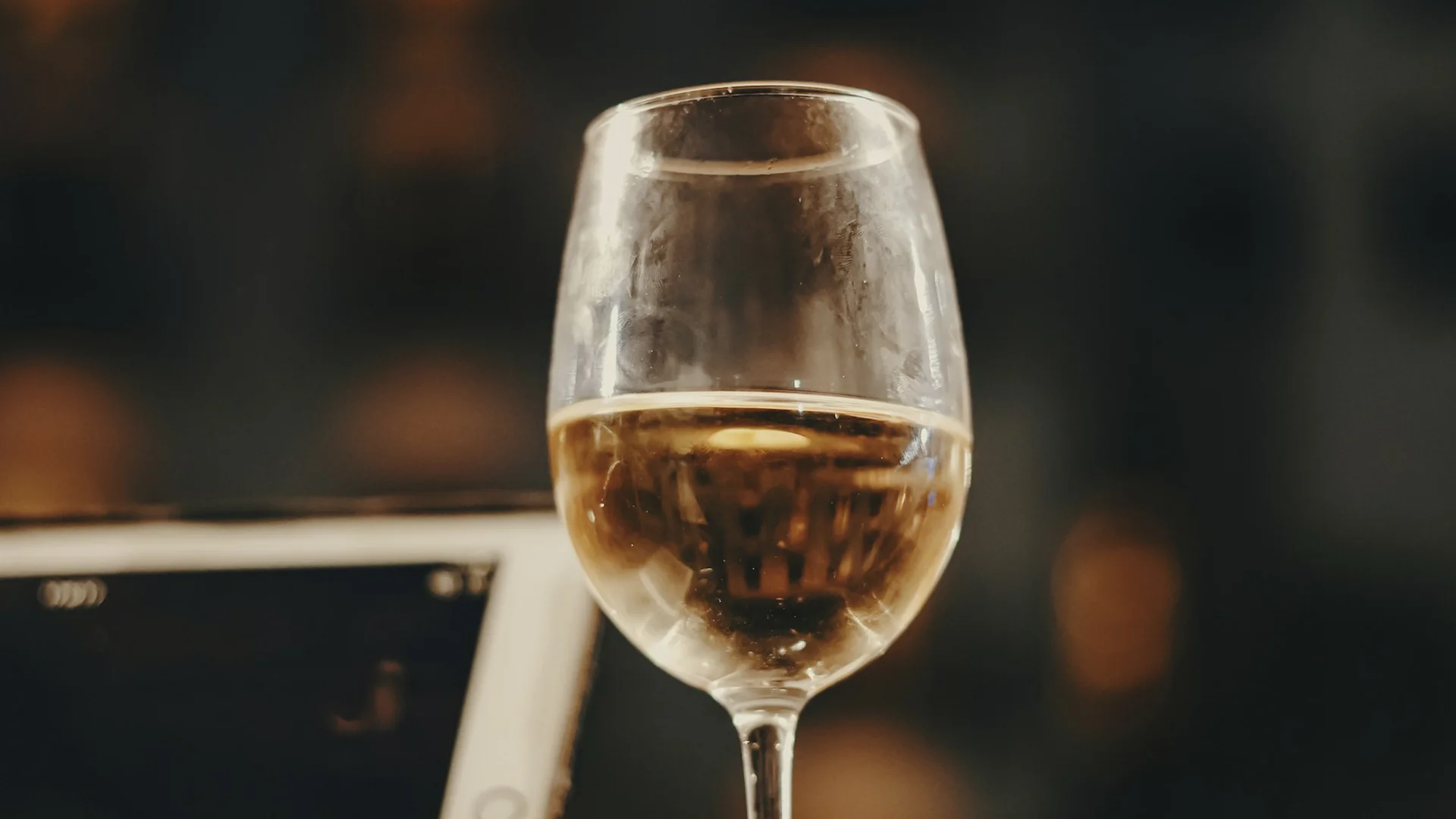




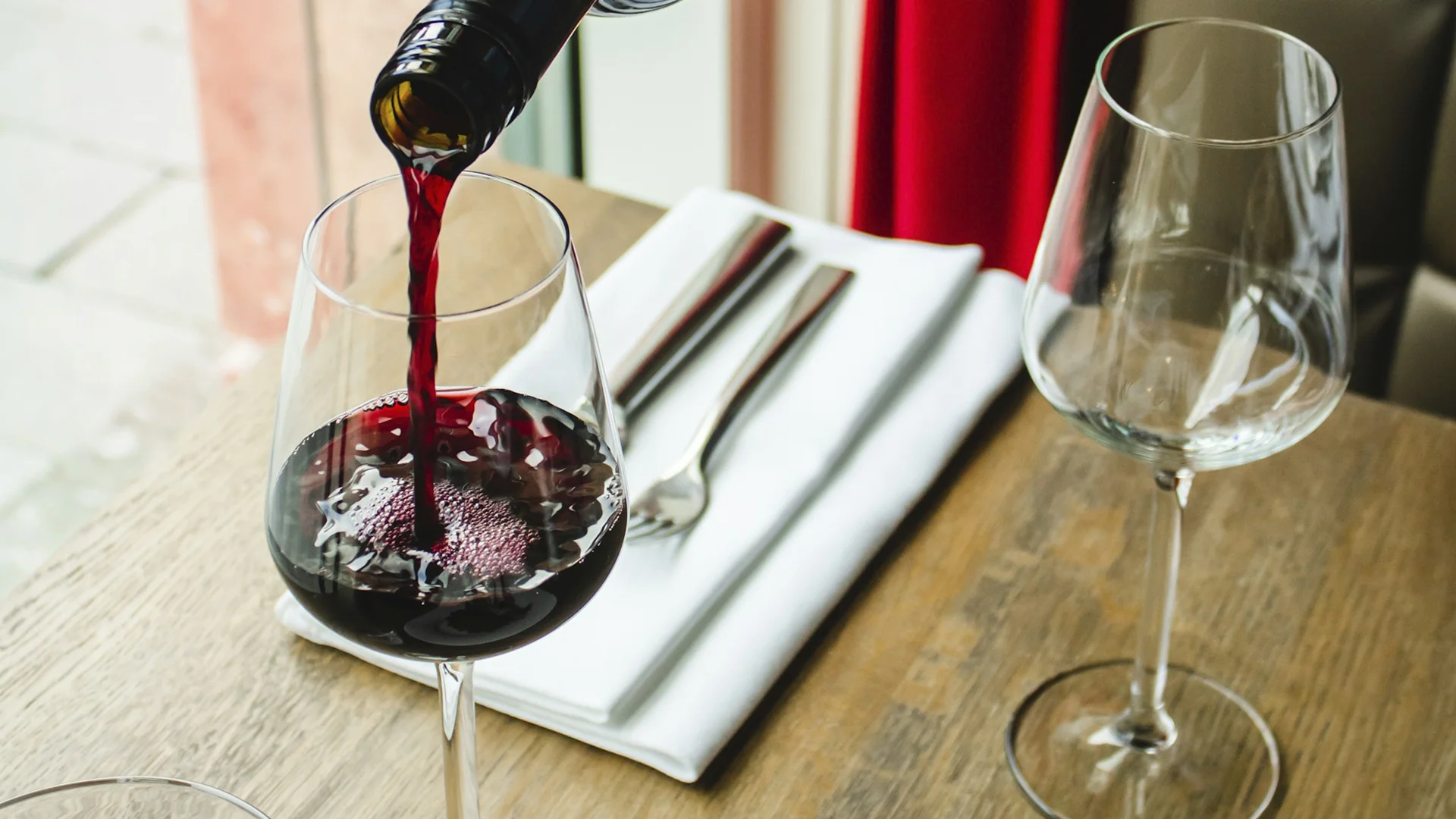












.webp)

.webp)
.webp)
.webp)



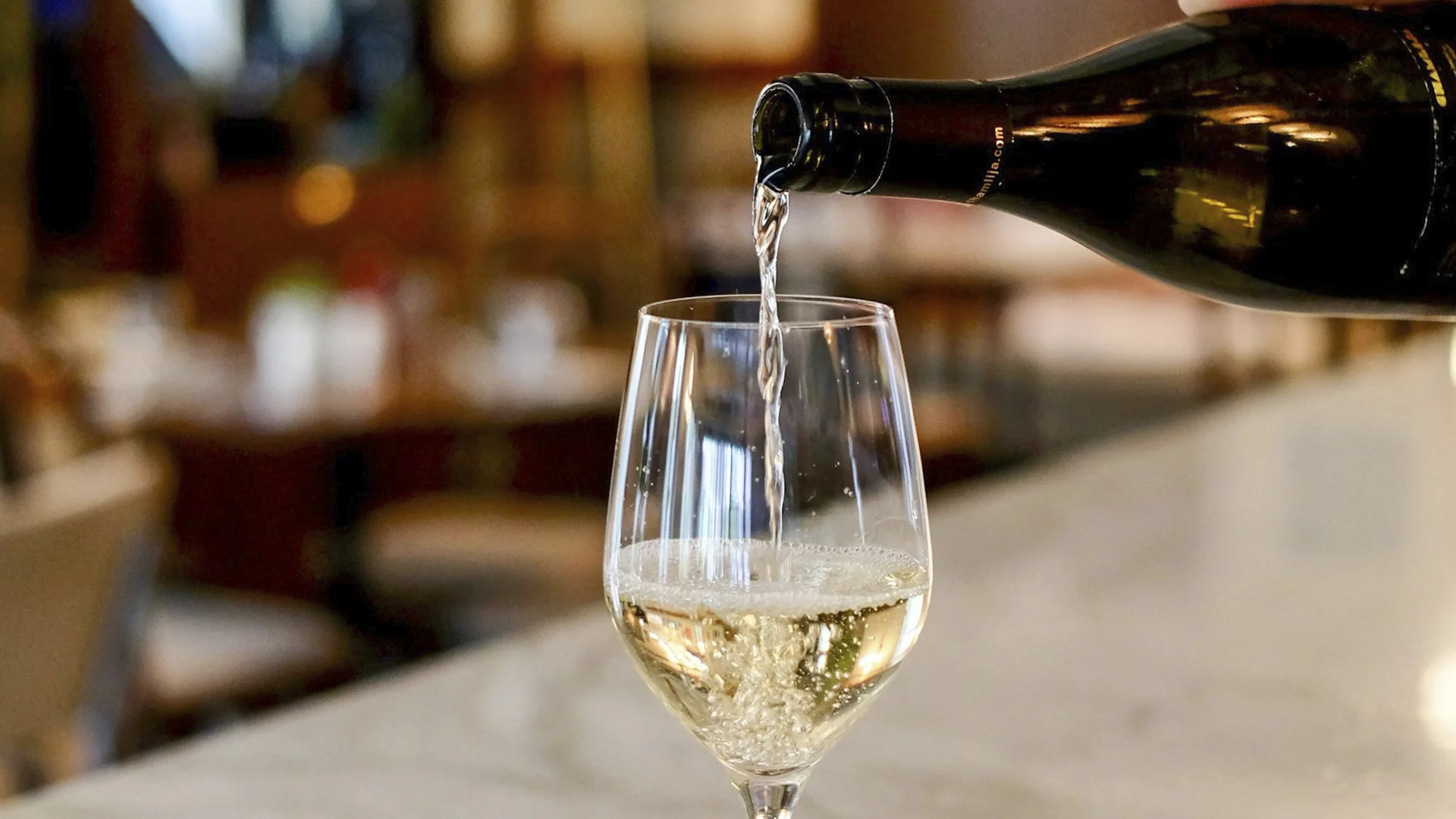


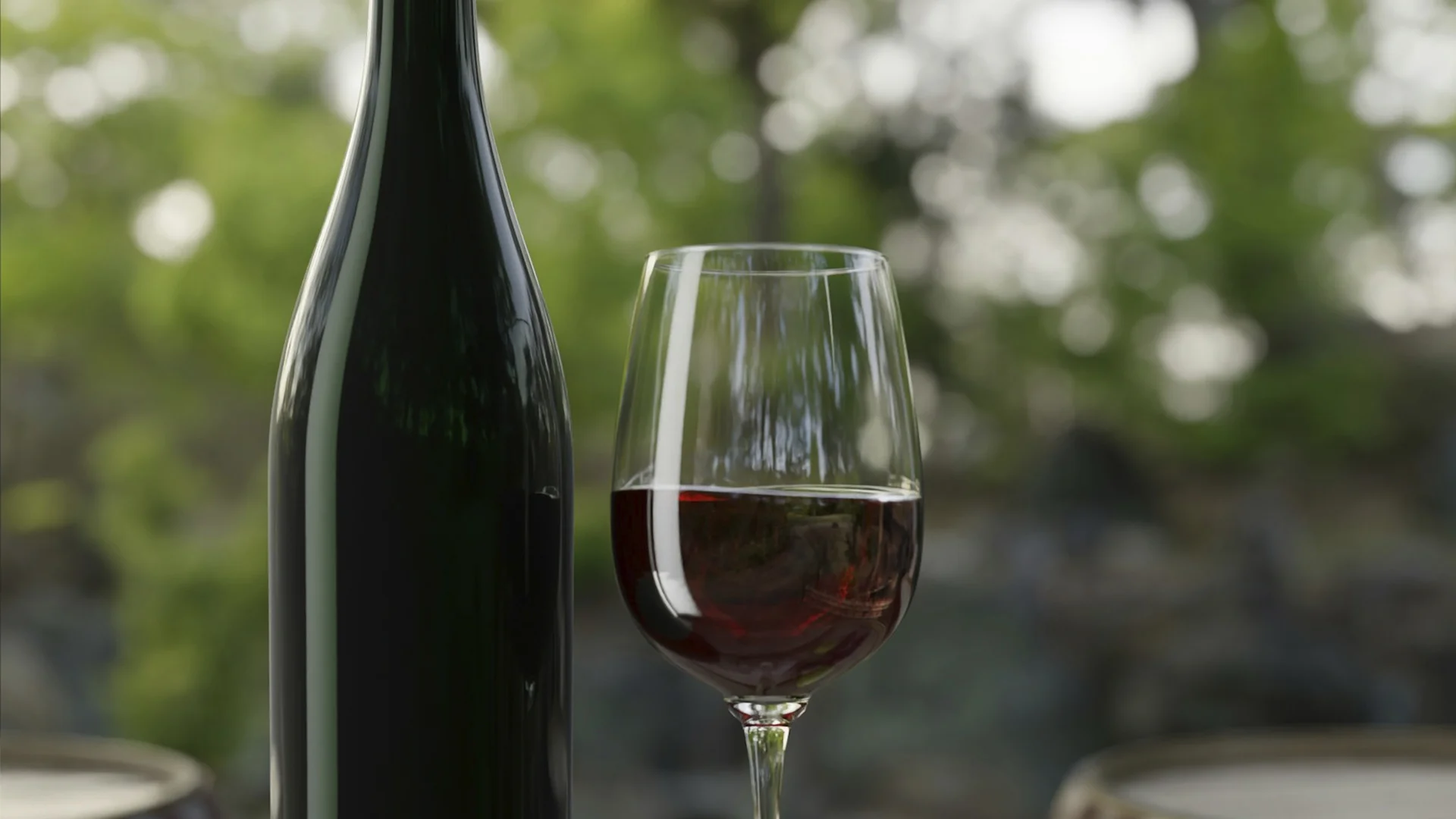



















.webp)













Are you interested in
collaborating with us?